(This article originally appeared in the Division 12, MCR’s newsletter “Builder’s Plate”)
Cincinnati Express MCR 2018 Convention report:
With great excitement and a little trepidation, I (along with our Division 12 superintendent) recently attended the 2018 MidCentral Region convention in Cincinnati, OH May 17-20, 2018. The convention was held in the newly-renovated Cincinnati Marriot North, which was an excellent venue for a convention.
Having never before attended an NMRA convention of any size, I was nearly overwhelmed by the event organized by Division 7. 65 open layouts, 35 of which have been published, 10 in Great Model Railroads; op sessions Thursday and Friday nights, Saturday morning, and Sunday morning; bus tours to said layouts; industry tours; 3 days of clinics; model and photo contests; Saturday evening banquet with Gerry Leone as the speaker; the choices were mind-boggling, and one could literally not see and do everything – hard choices had to be made!
I arrived in Cincinnati Wednesday evening, as things were going to kick off right away Thursday.
Thursday afternoon was a self-guided tour of Larry Bonhaus’ large N-scale layout, and Bob Lawson’s layout which showcased his many award-winning super-detailed structure models.
Being an “ops guy”, I would forgo some evening clinics for the op sessions, of course. Thursday evening I was lucky to run on Gerry Albers’ Virginian Deepwater District (http://www.deepwaterdistrict.com/). This is an amazing railroad that incorporates the Virginian Railway; with interchanges with the C&O, NYC, and Allen McClelland’s V&O. The website does not do it justice. I managed to draw two trains that ran nearly the entire length of the railroad, so I was able to truly get an appreciation for the scope of layout. The third and final run was a V&O work train, so I can check off a “bucket list” item and say I actually ran a train from the famed Virginian & Ohio.
Friday morning we did a minibus tour of several layouts, including the Eastern Logger’s modular layout, Ed Swain’s Pennsy layout, and Curt LaRue’s PRR Panhandle railroad. Friday afternoon I hit a few of the clinics presented during the day, including a roundtable discussion with the NMRA leadership including NMRA Pres. Charlie Getz, Board member Mike Brestel, VP for Special Projects Gerry Leone, Treasurer/CFO Frank Koch, and Marketing Consultant Christina Ganzer. Friday evening I returned to Curt Larue’s beautiful layout, and worked the Weirton towerman job for the entire evening. PRR steam and more PRR steam, oh my!
Saturday morning I attended a clinic for neophyte contest judges, and then immediately we set to work evaluating the numerous models in the contest room. This process took most of the remaining morning and into Saturday afternoon. I will have more detail about how the contest and judging process works at a future Division meeting or in this newsletter.
Saturday evening was spent at the reception, with string music provided by N-scaler and Cincinnati Civic Orchestra director Larry Bonhaus and his wife; followed by the banquet. The keynote speaker was NMRA VP and Model Railroad Video host Gerry Leone, who regaled the attendees with tales of his prior adventures in the advertising business, including hilarious clips of radio spots for various products, including milk.
The last event was a Sunday morning op session on Bob Bartizek’s O-scale hi-rail PRR layout. Luckily this railroad was on the route home north of Cincinnati, as by this time I was dead-beat from all the activity. It was worth the stop, however, as I had my doubts about how a “toy” 3-rail layout would work in an op session. The answer was “amazingly well”. It helps, of course, that the railroad is huge, befitting the size of the rolling stock; but those O-scale locomotives can conceal some really big speakers, and the sound of double-headed O-scale PRR L1 Mikados pounding upgrade with a long coal drag quickly made one forget there was a third rail running down the middle of the track.
At nearly 370 attendees, this convention was probably rivaled only by the national NMRA convention in scope, and I would guess the “average” regional is much smaller and less overwhelming. Even so, “a lot of fun” is inadequate to describe the experience, and I’m looking forward to attending more such events in the future, large or small. I would encourage any NMRA members to do the same. You won’t regret it!
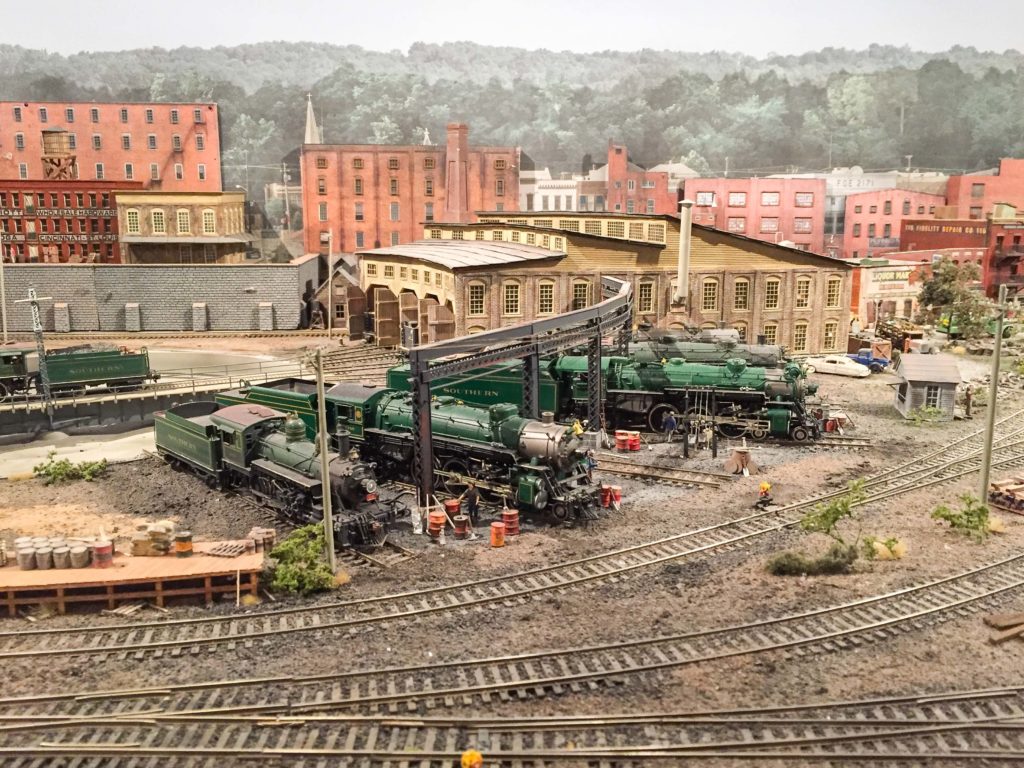
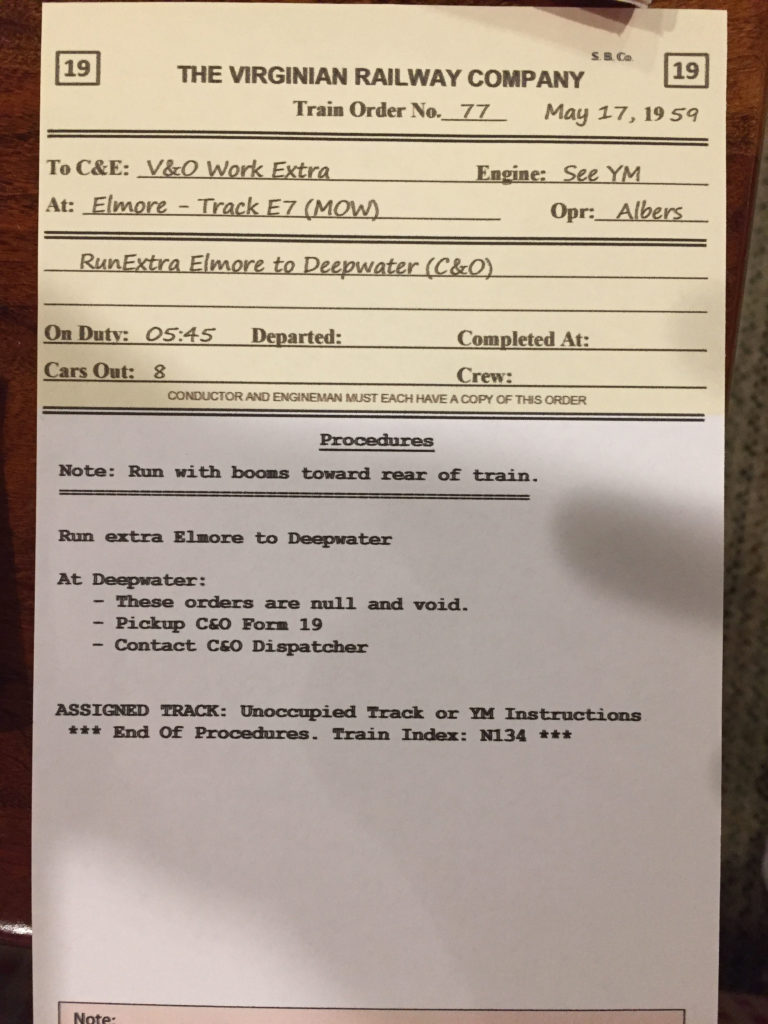
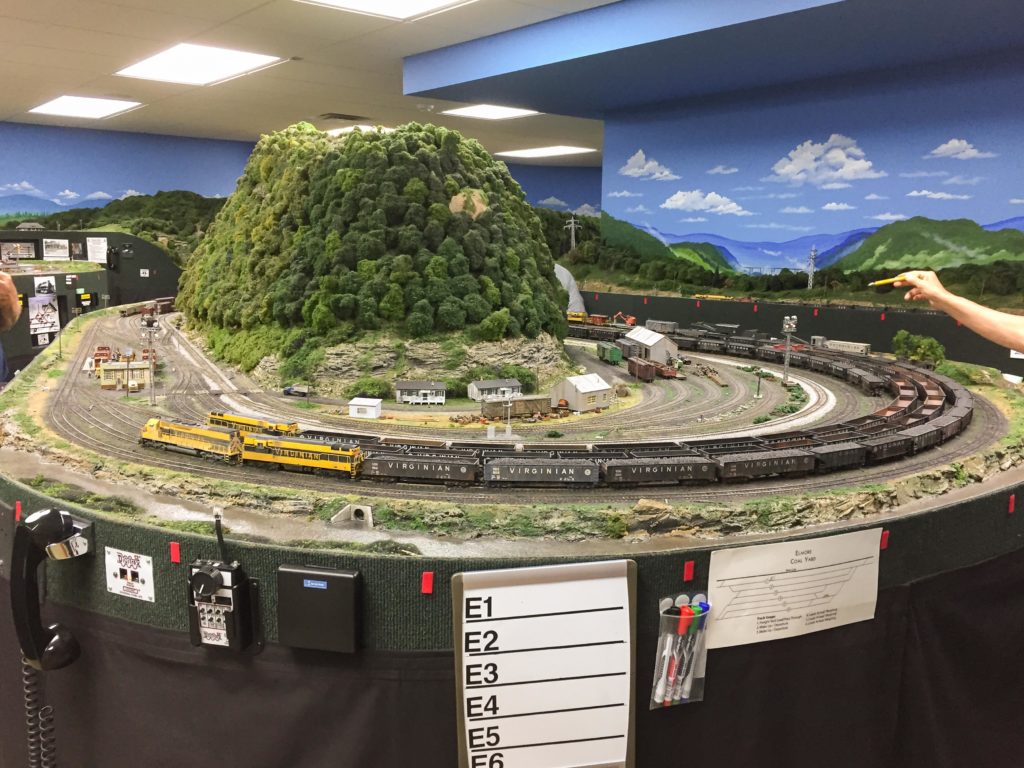
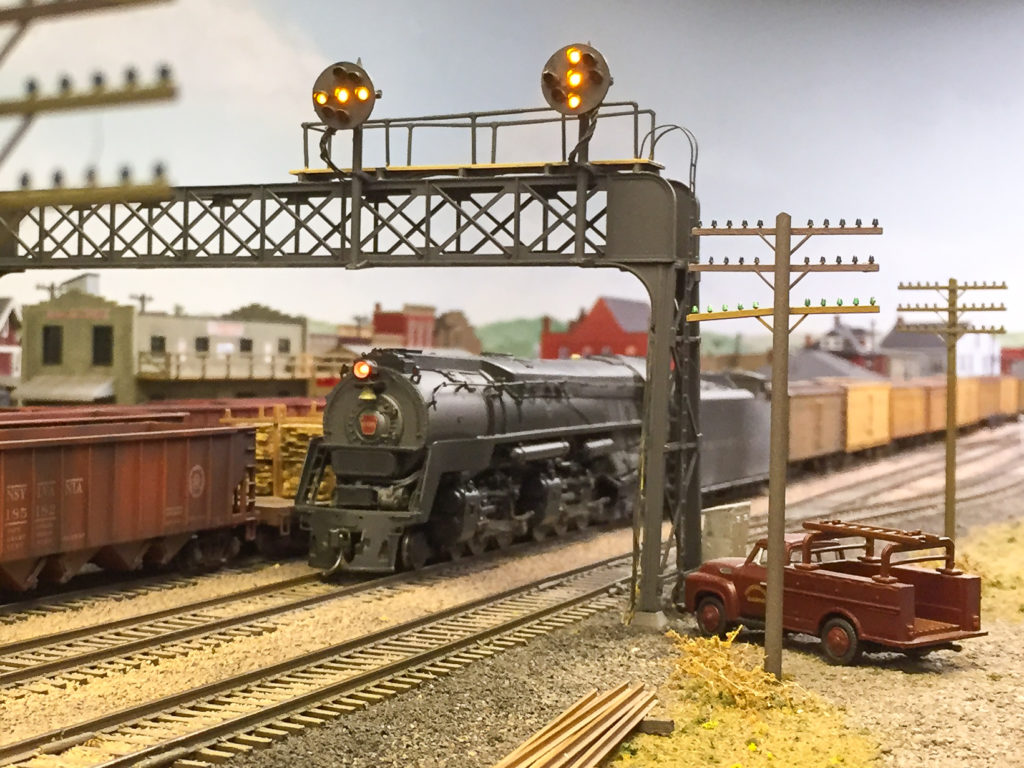
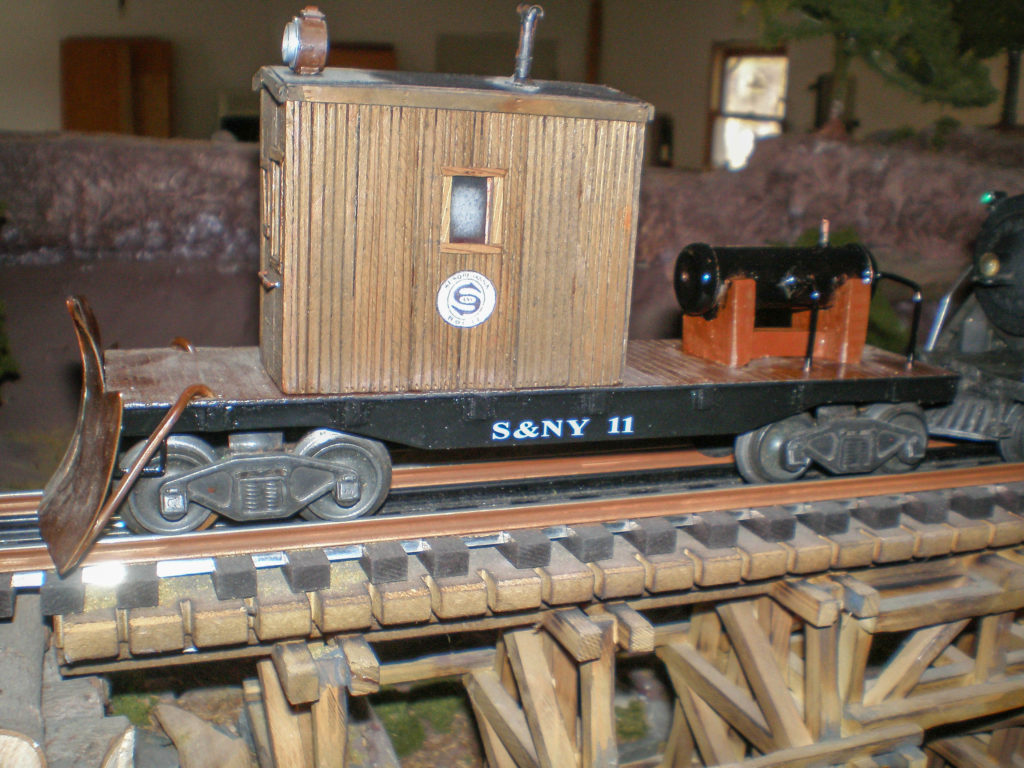
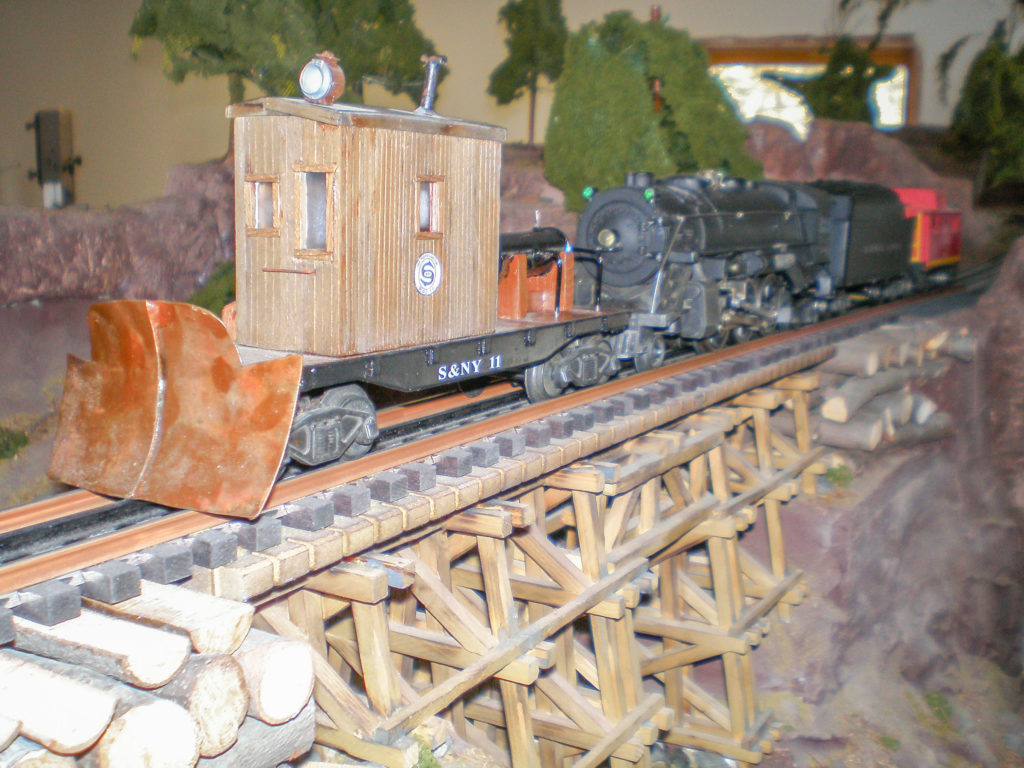
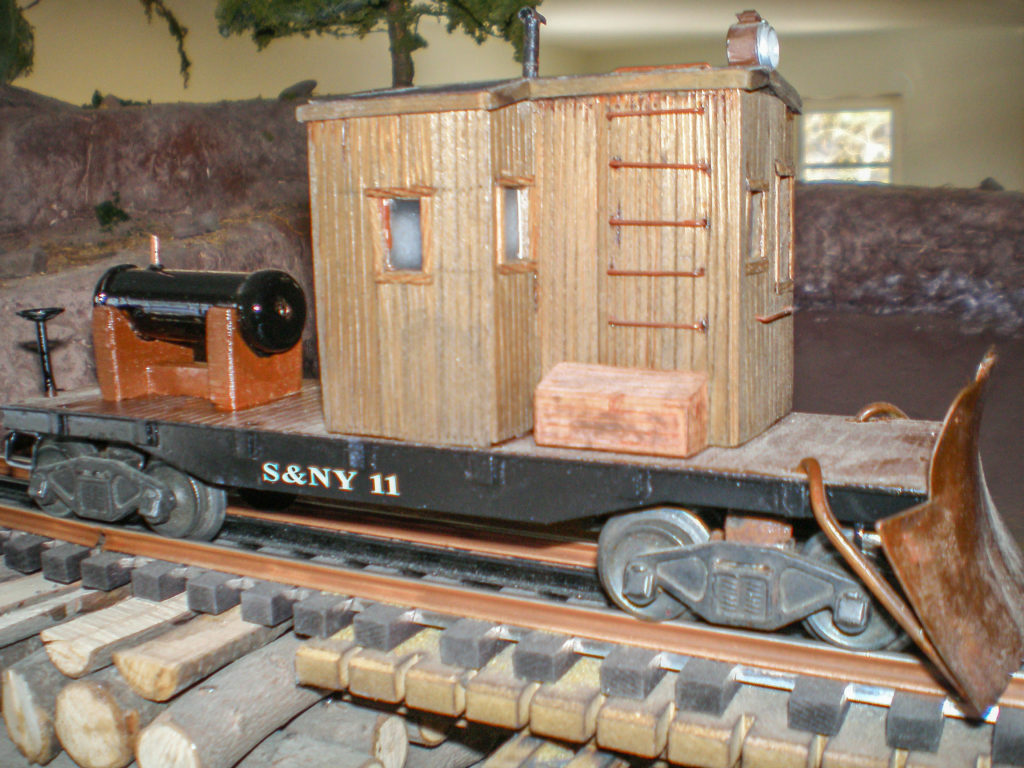
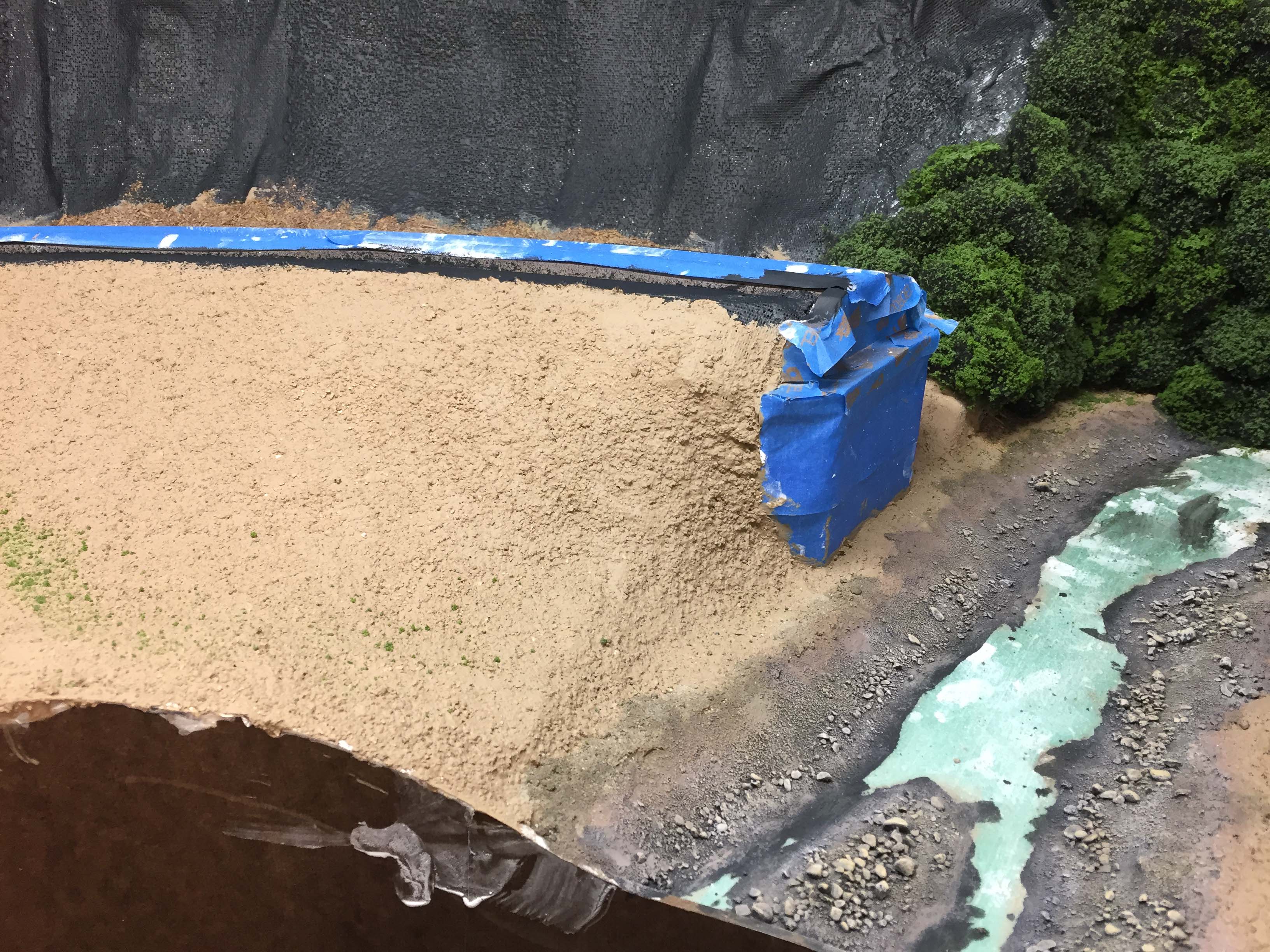
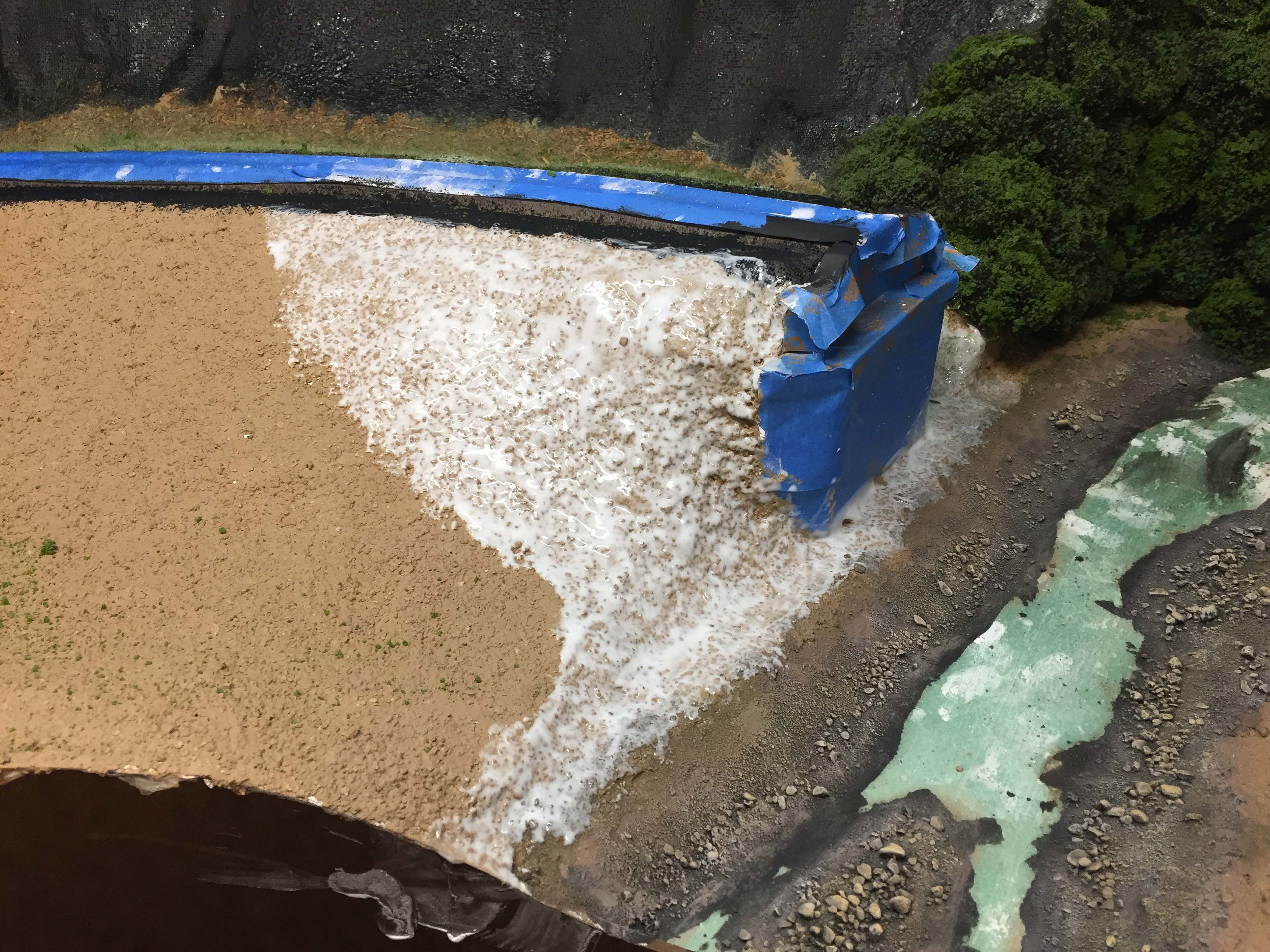
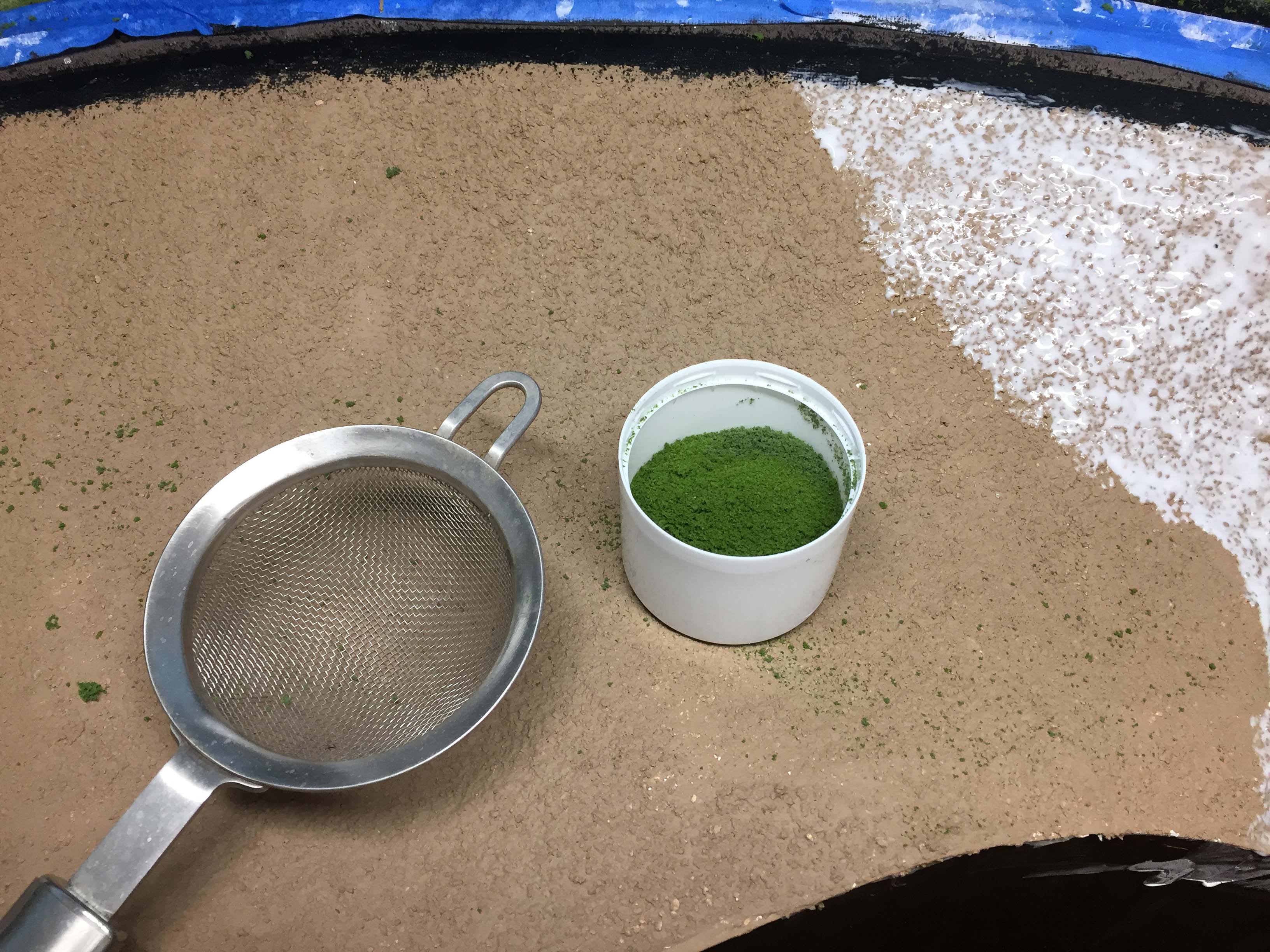
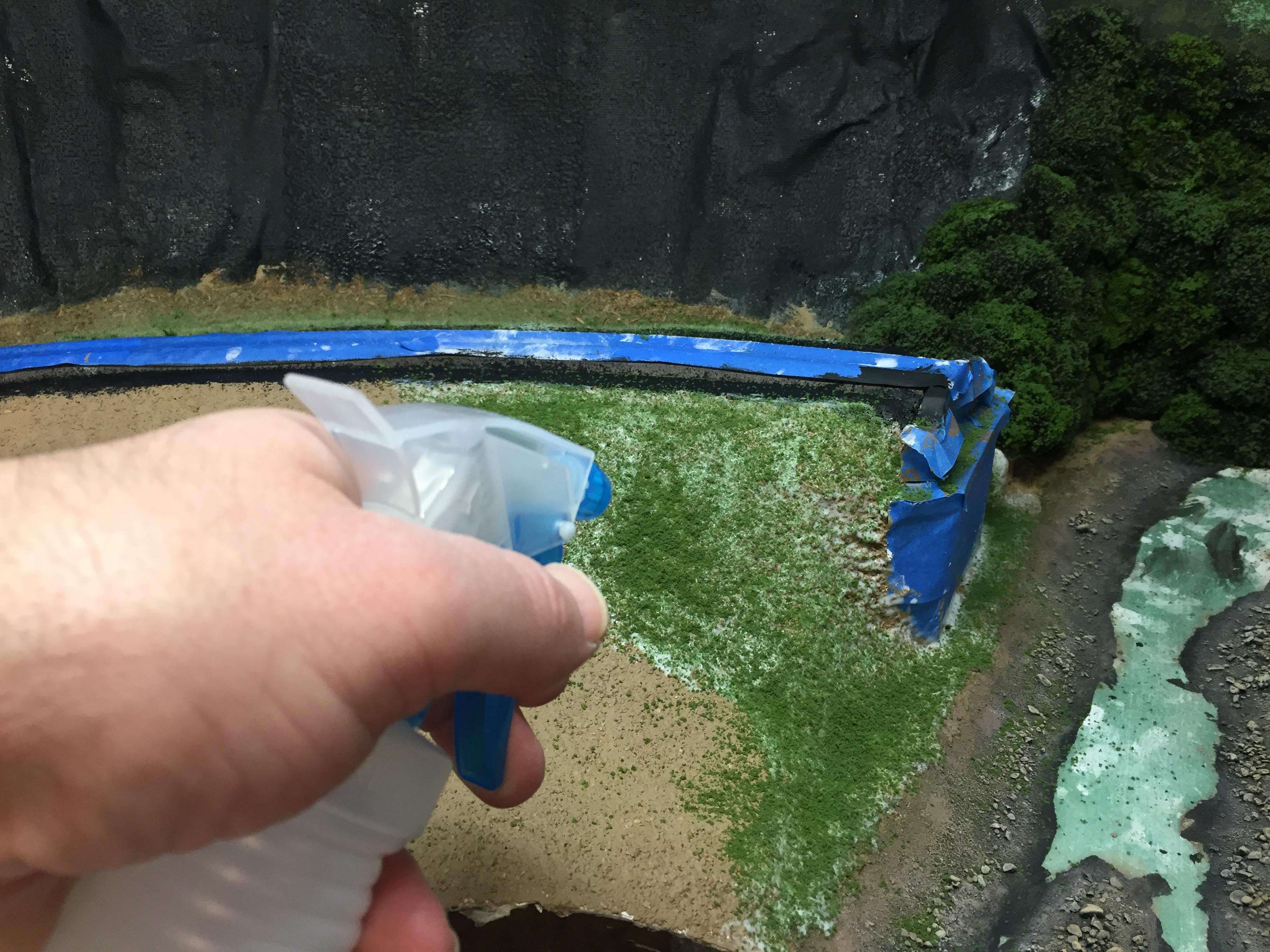
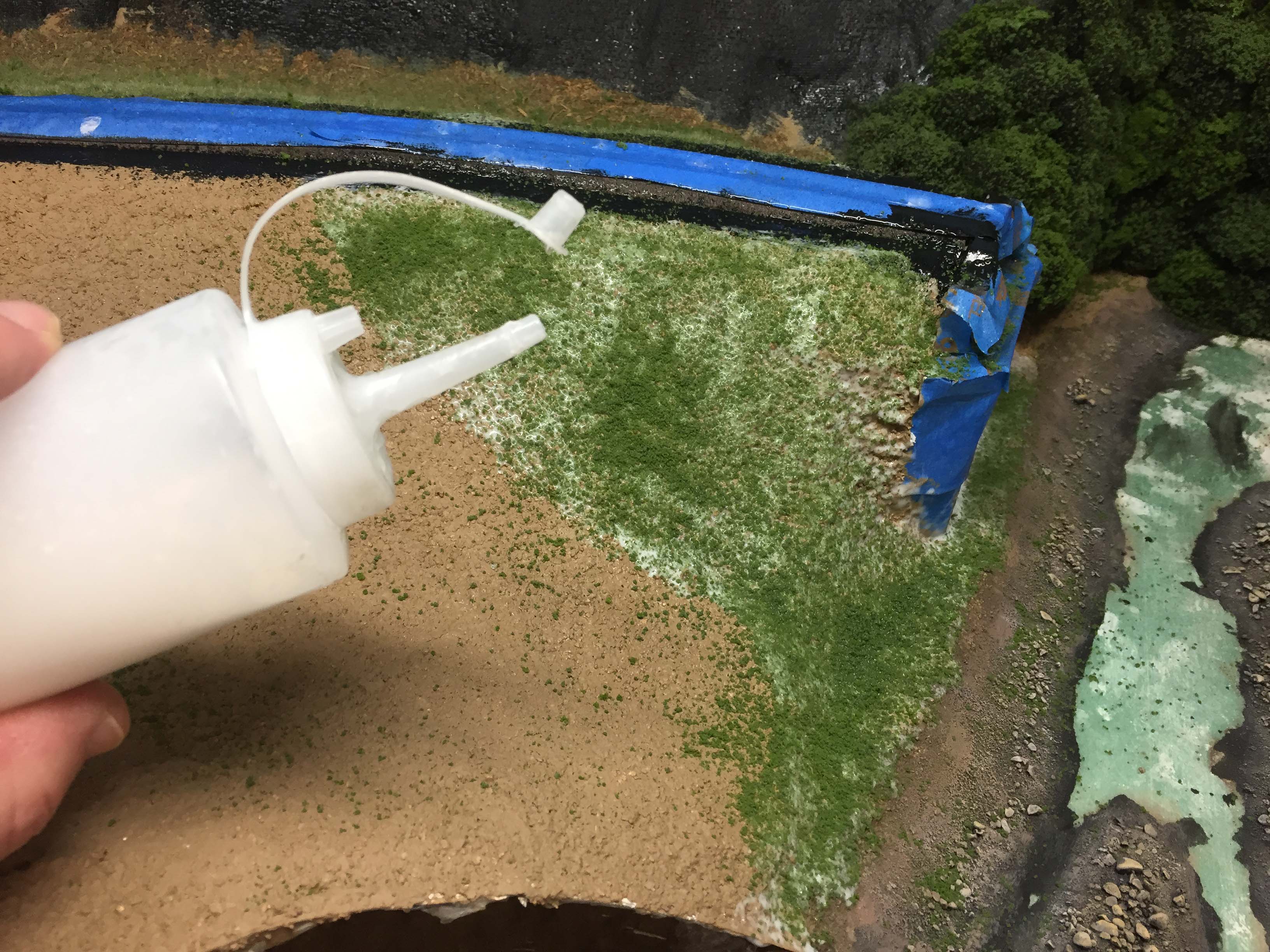
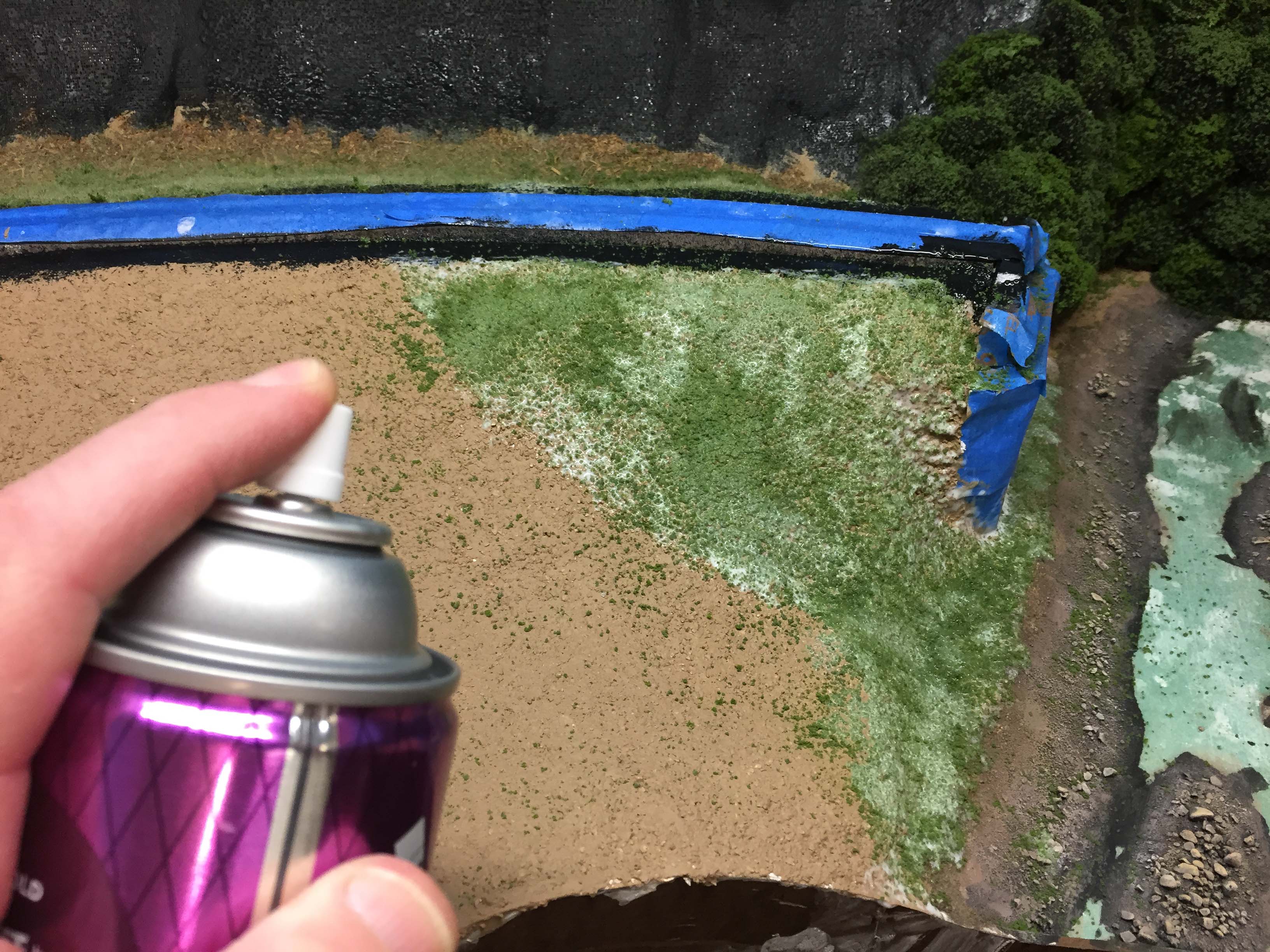
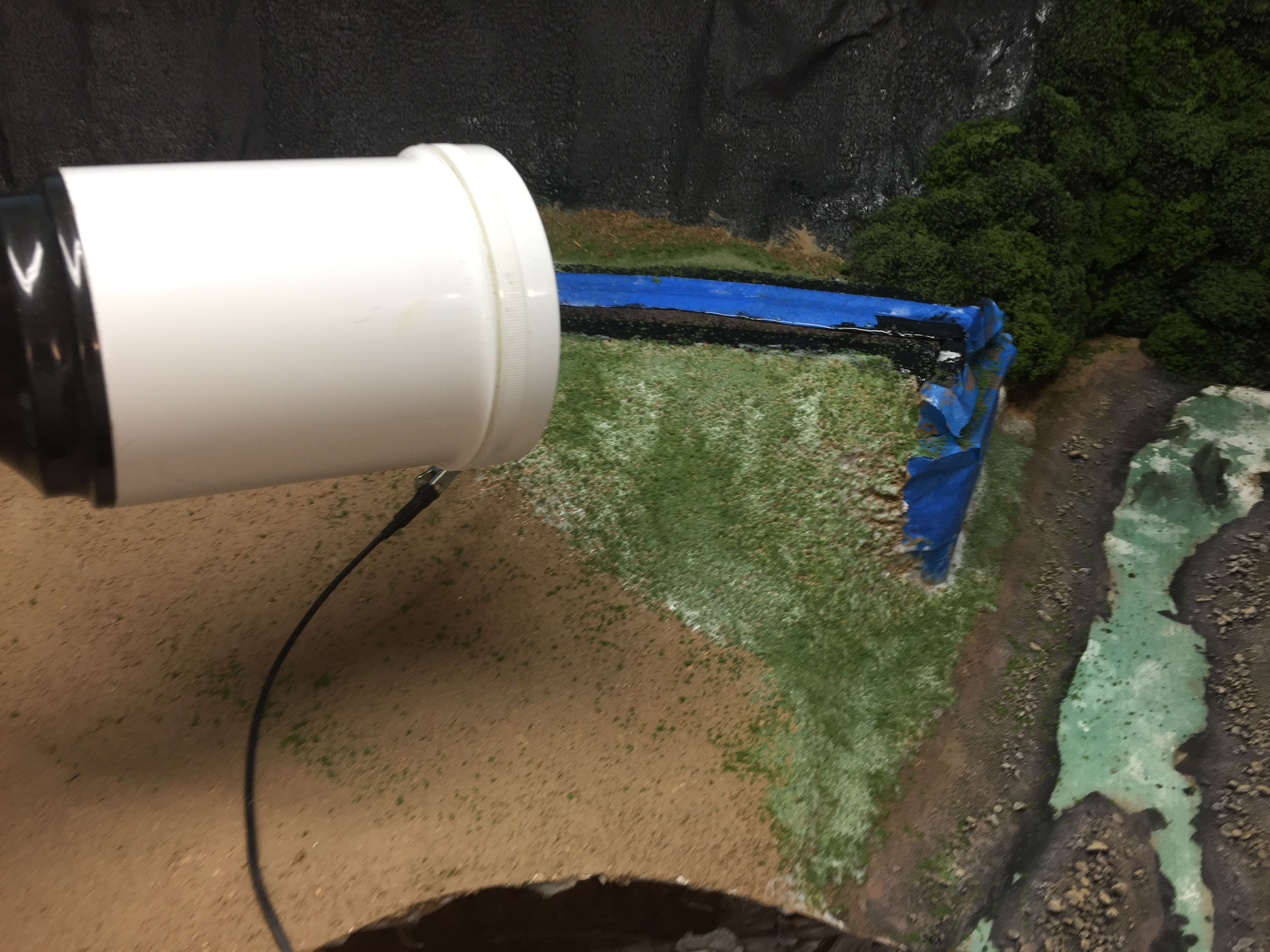
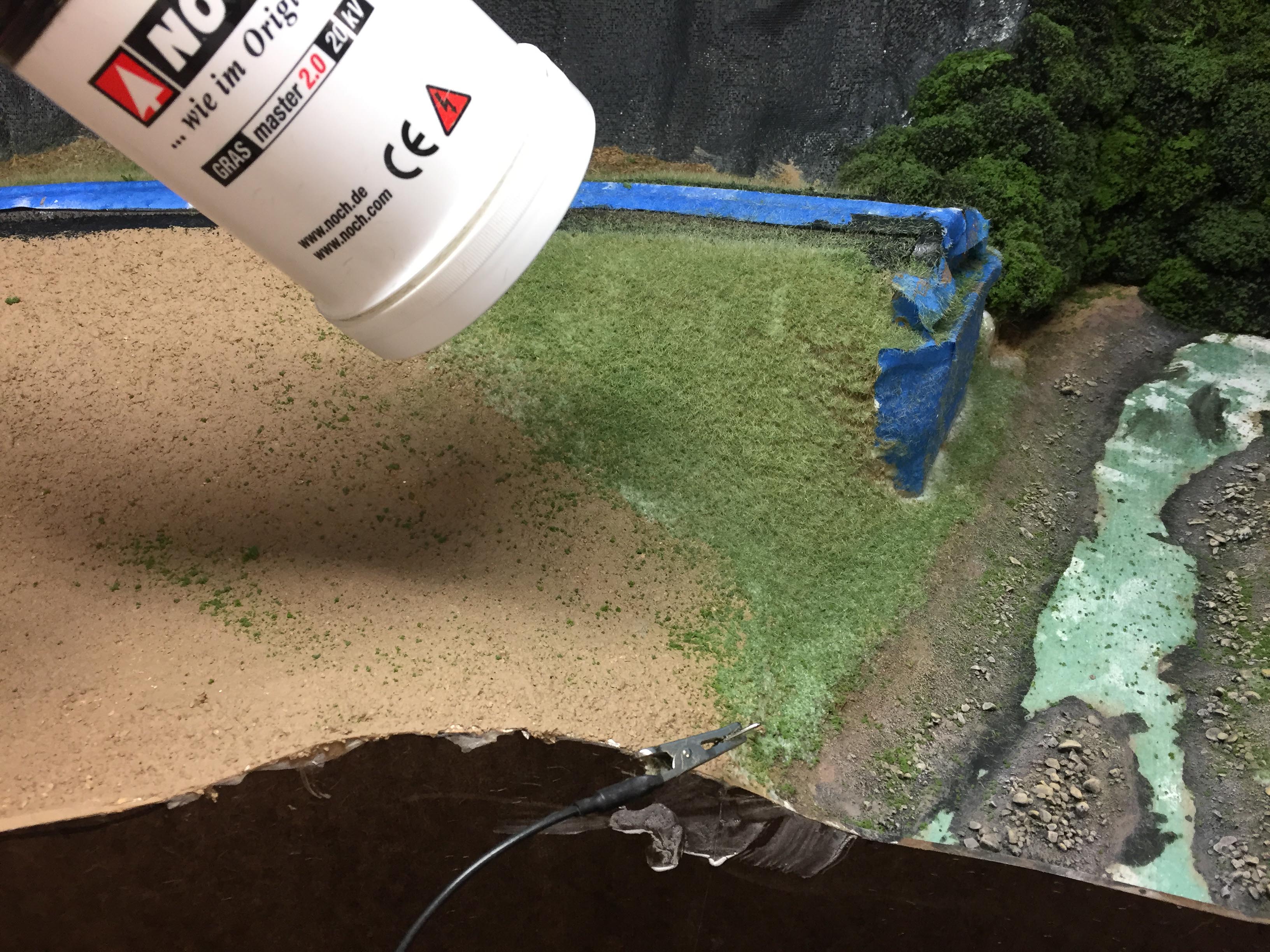
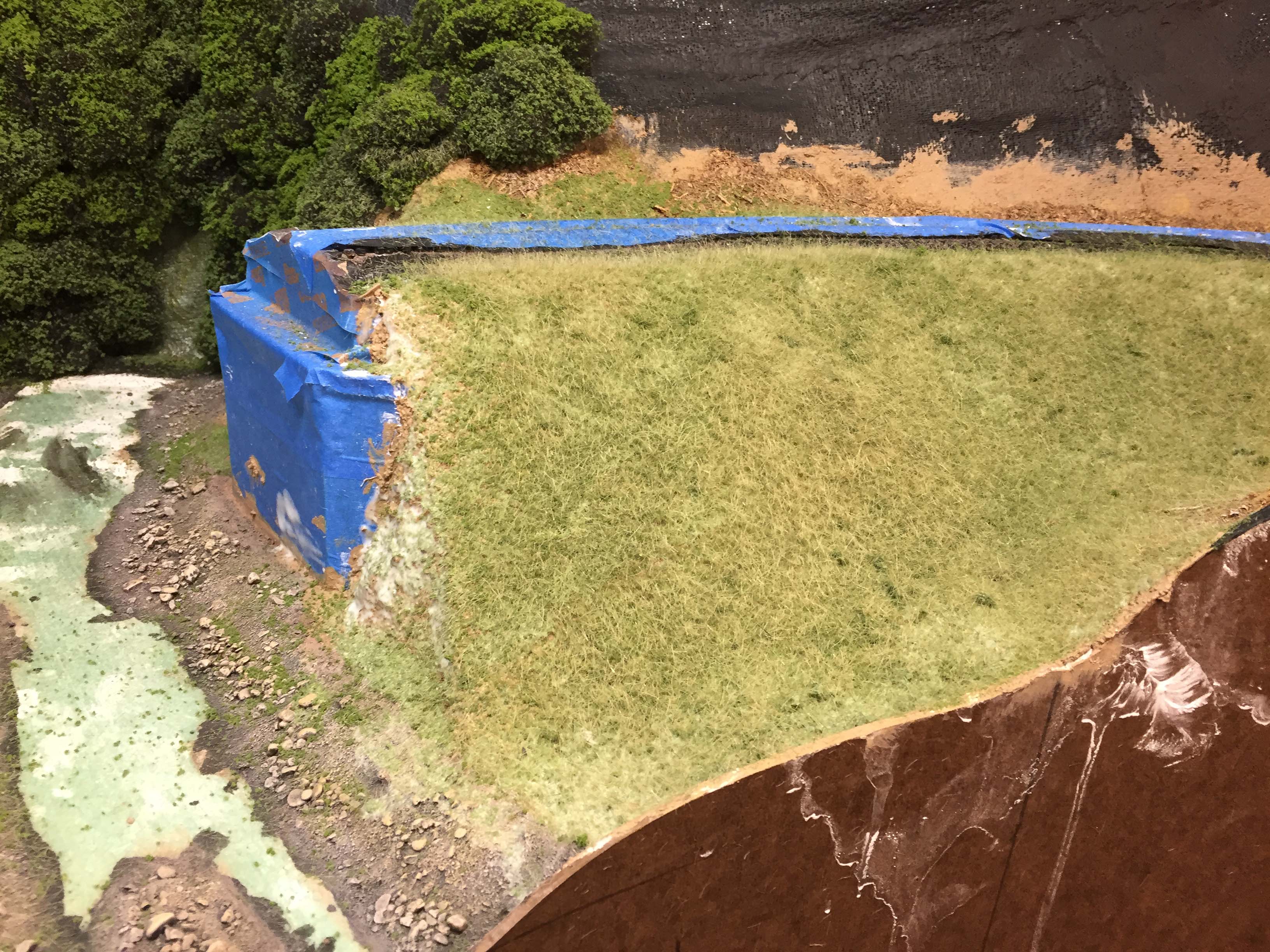
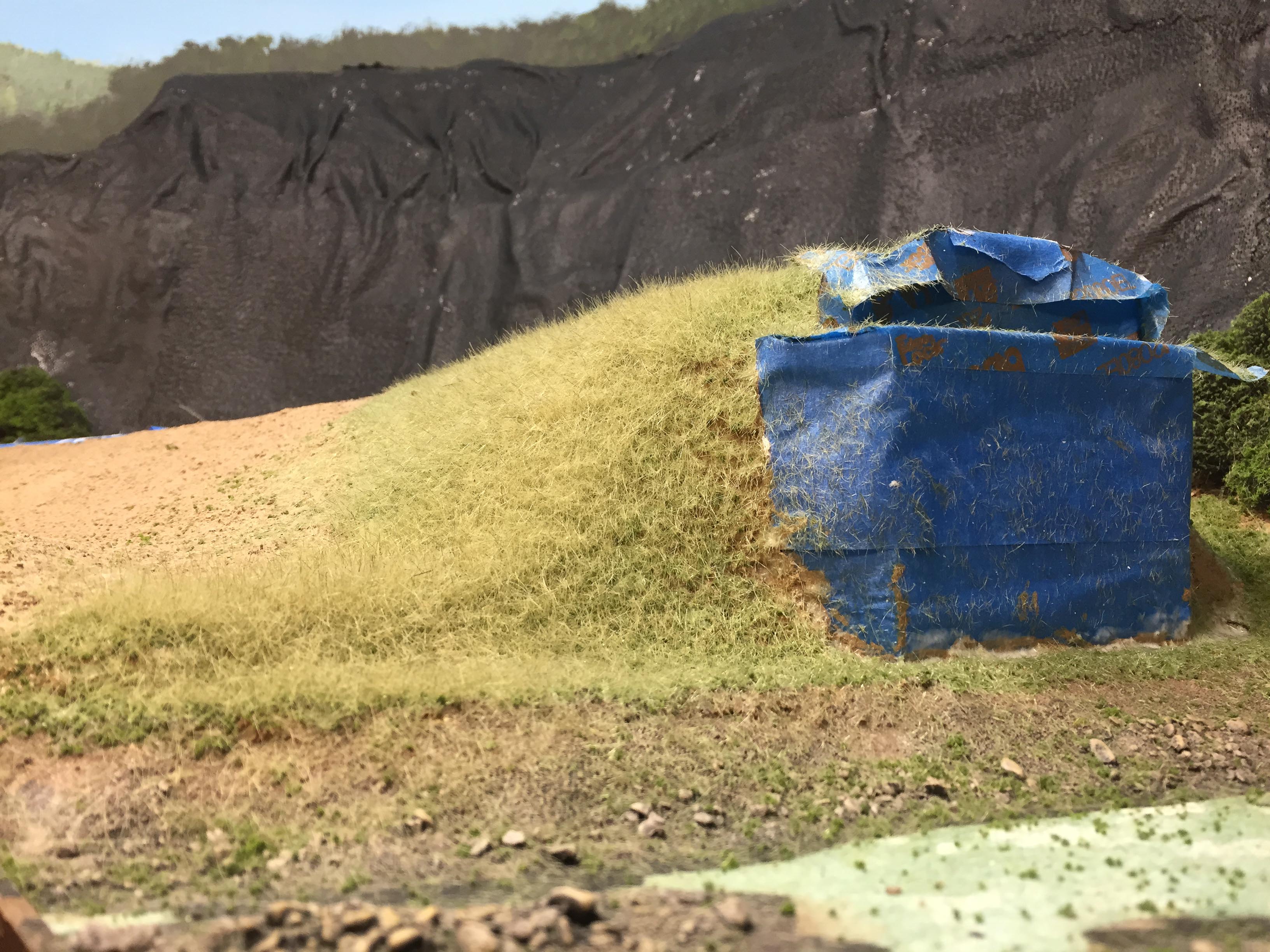
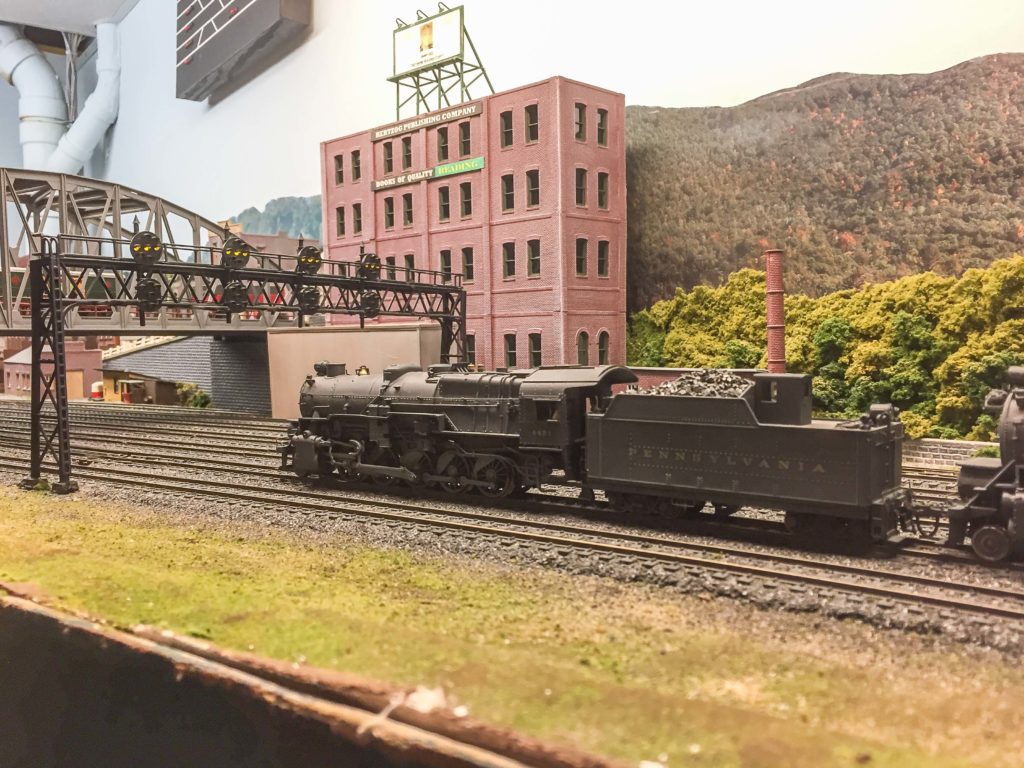
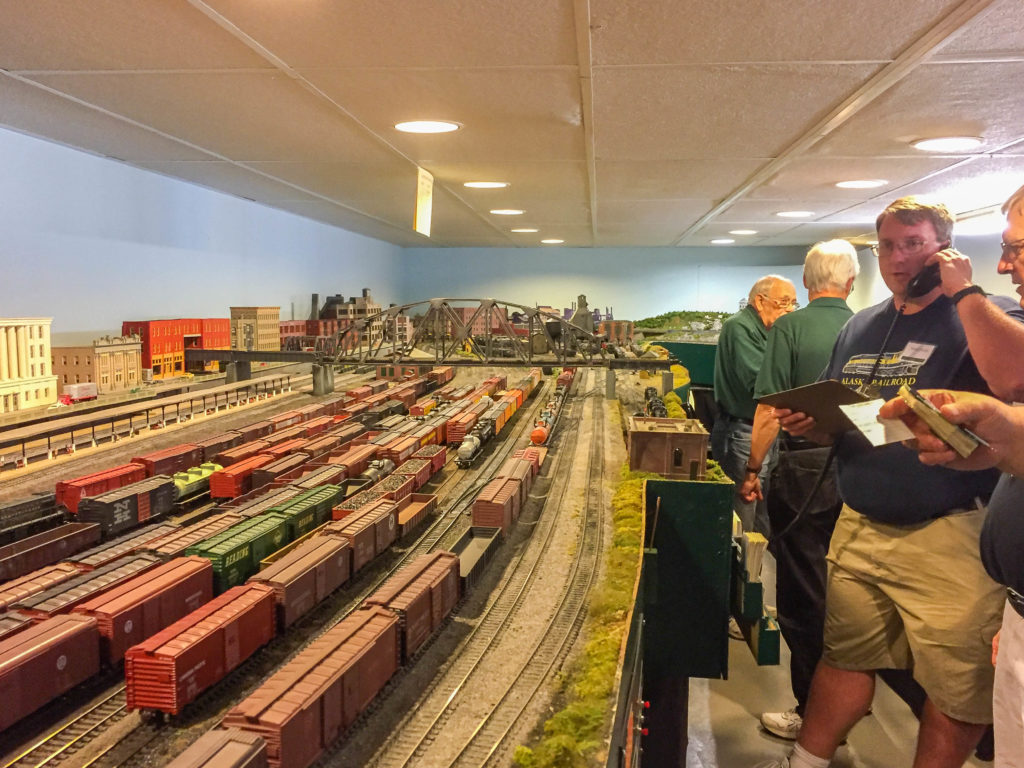
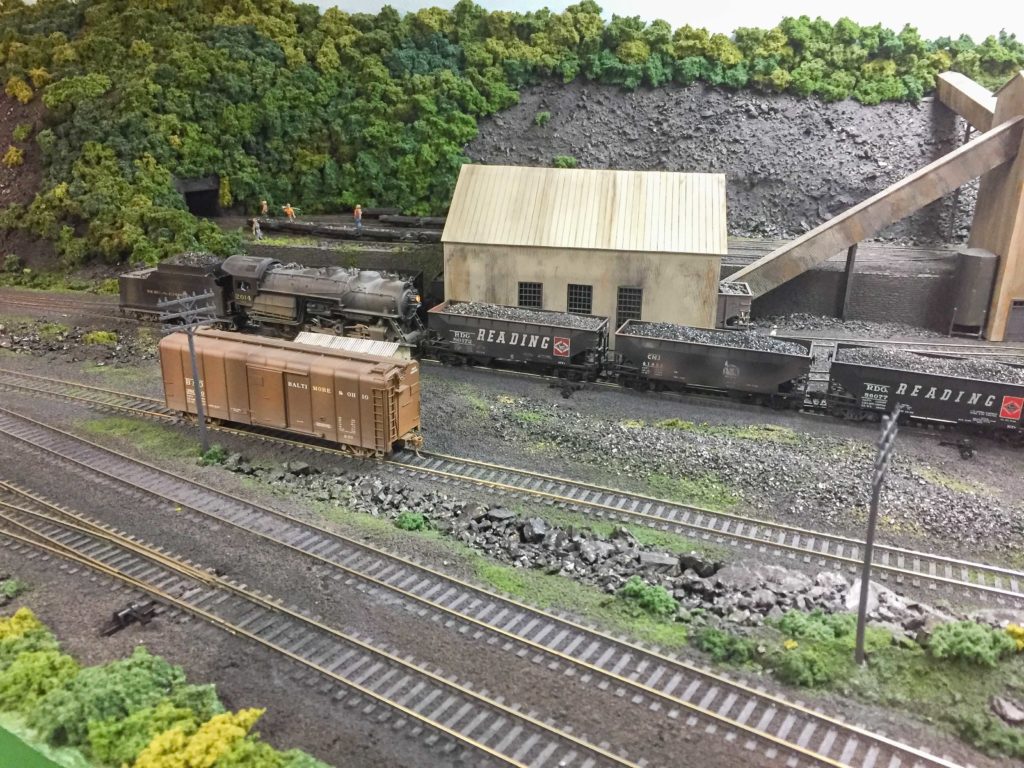
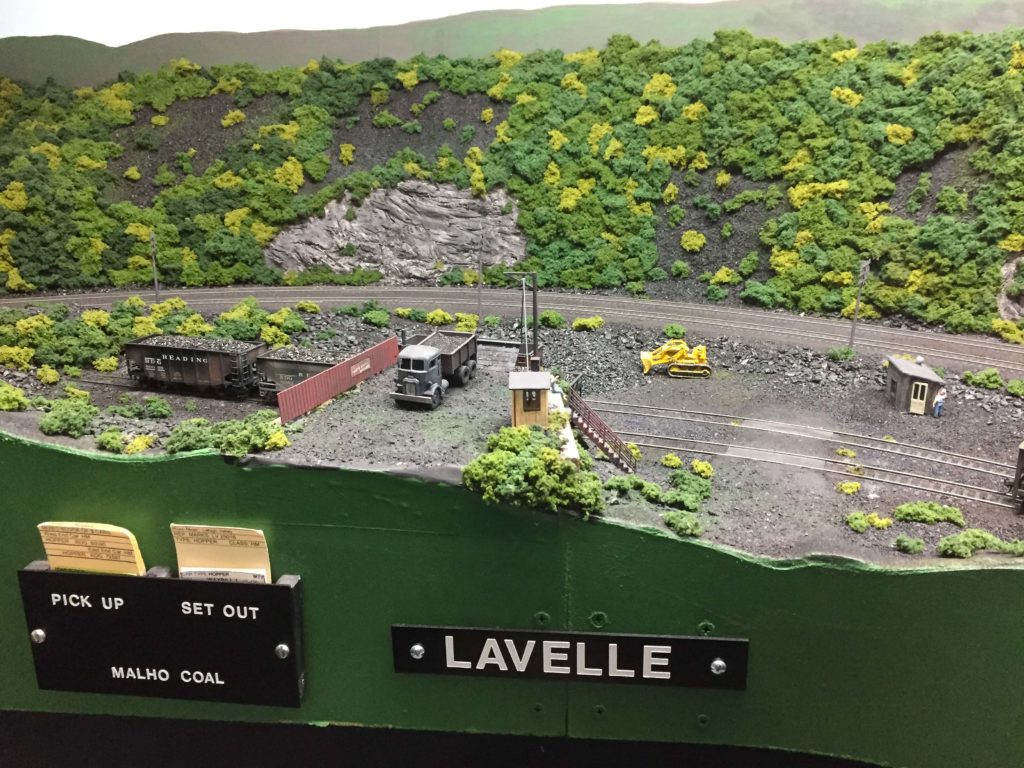
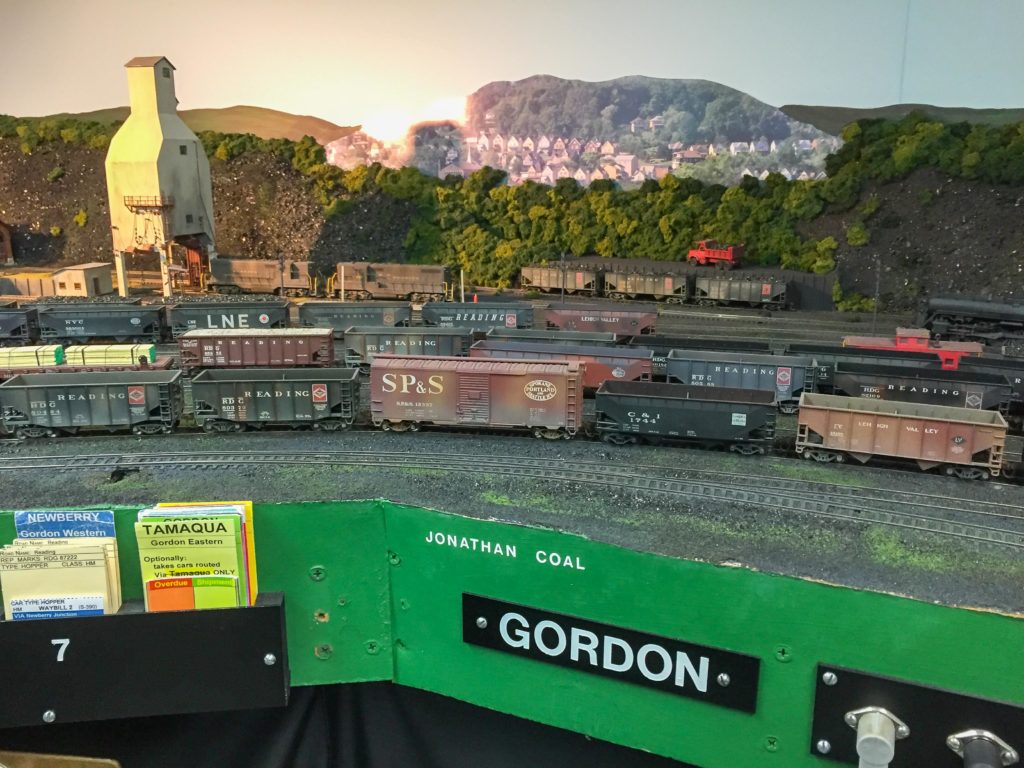
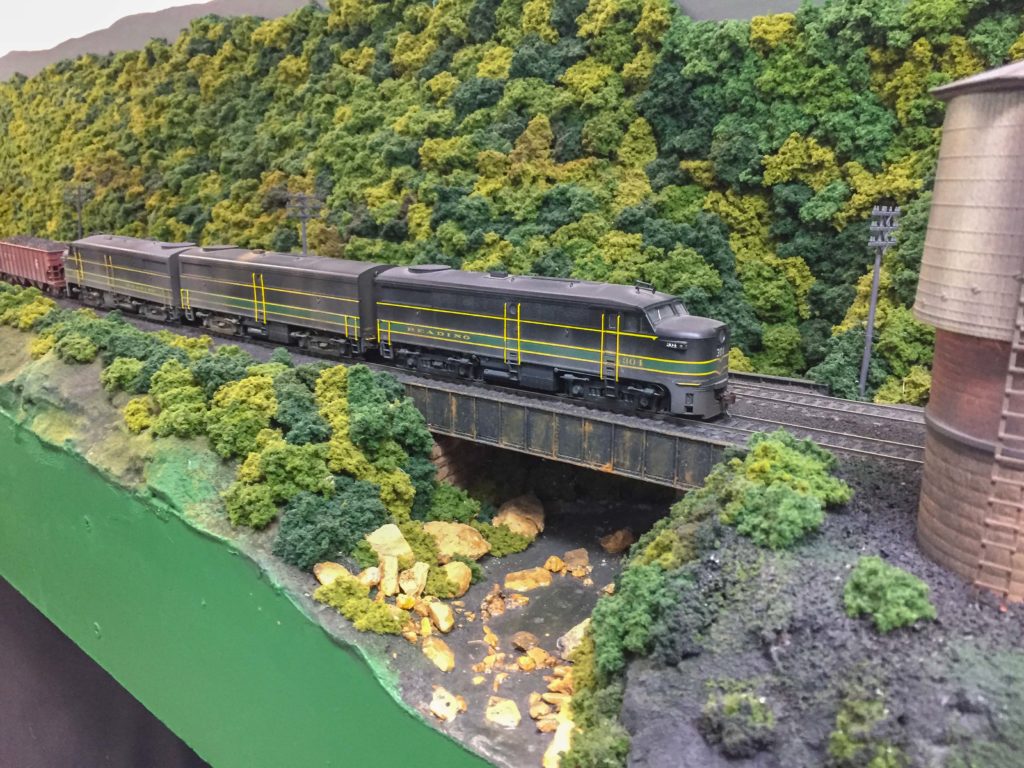
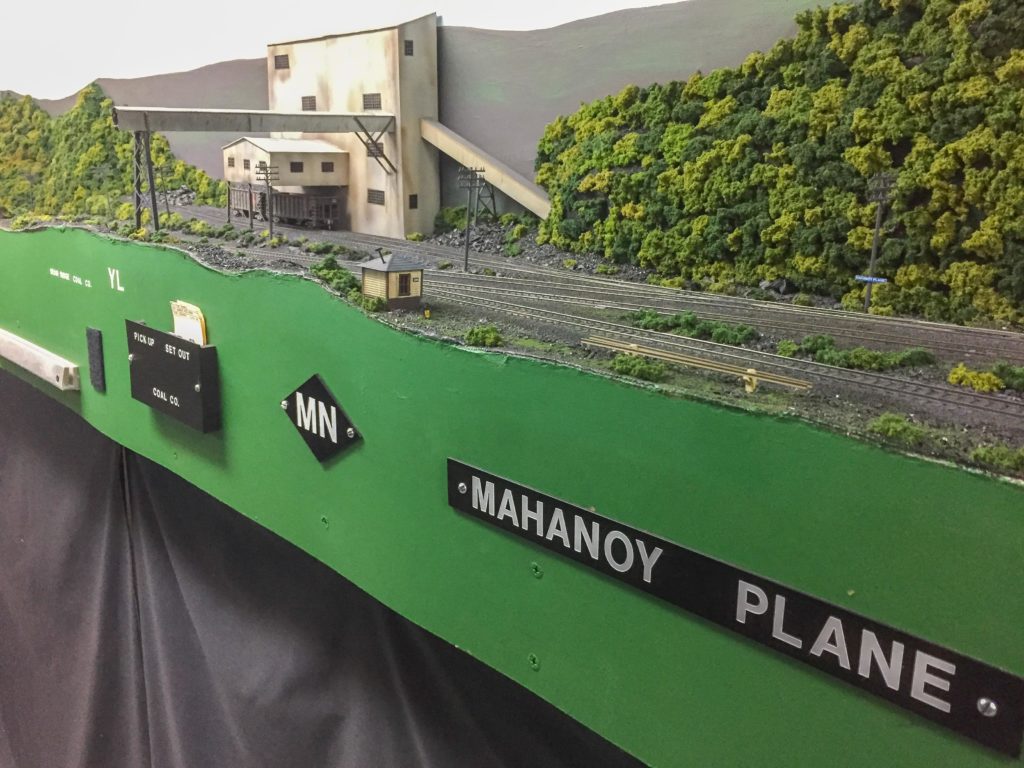
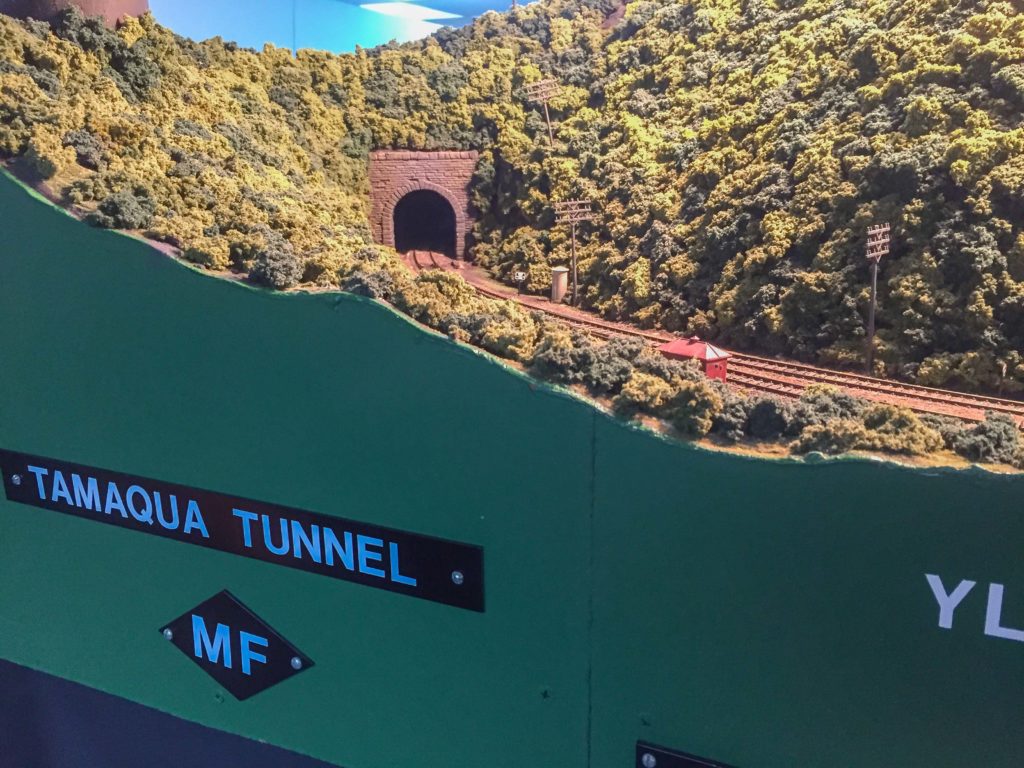
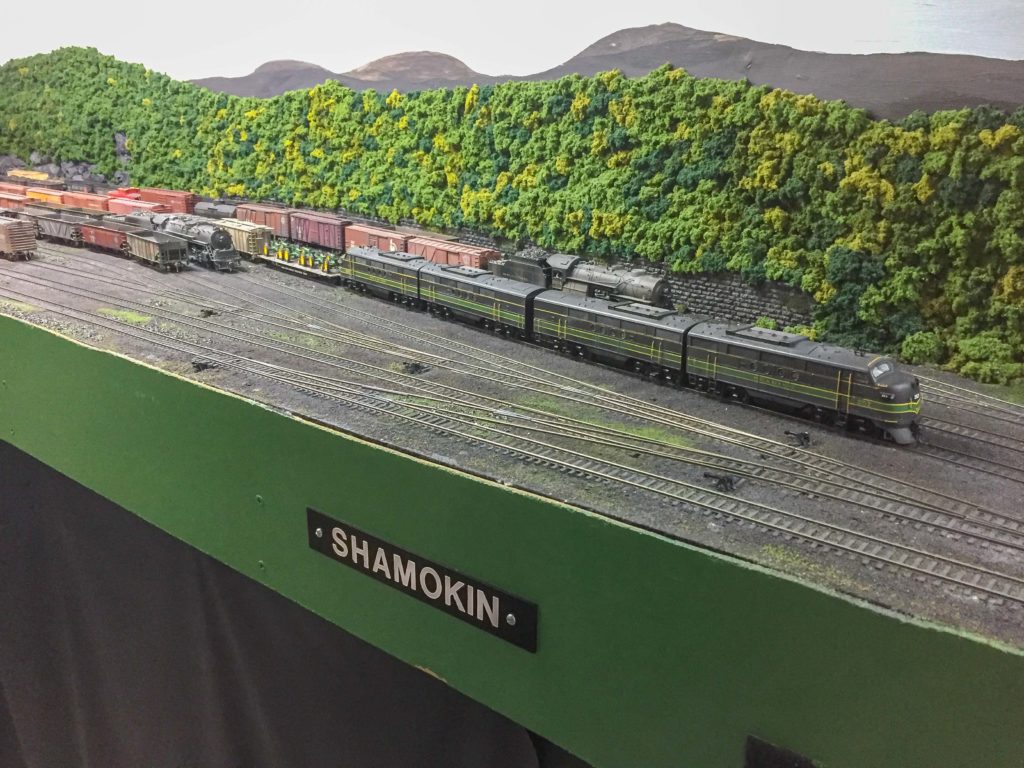
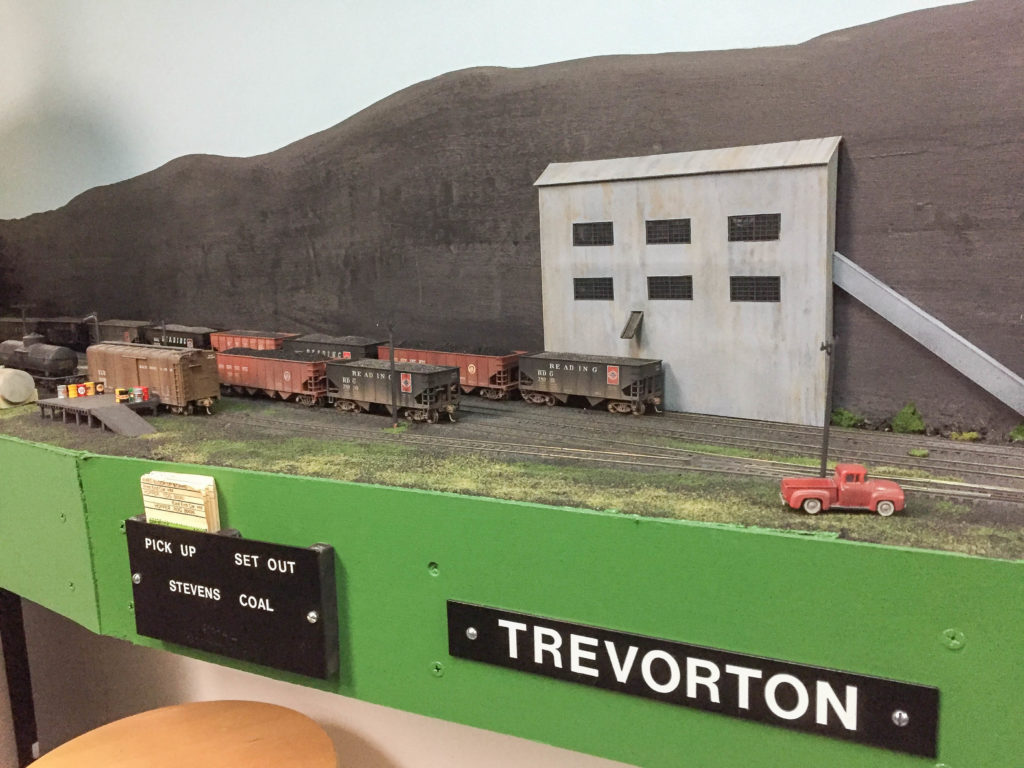
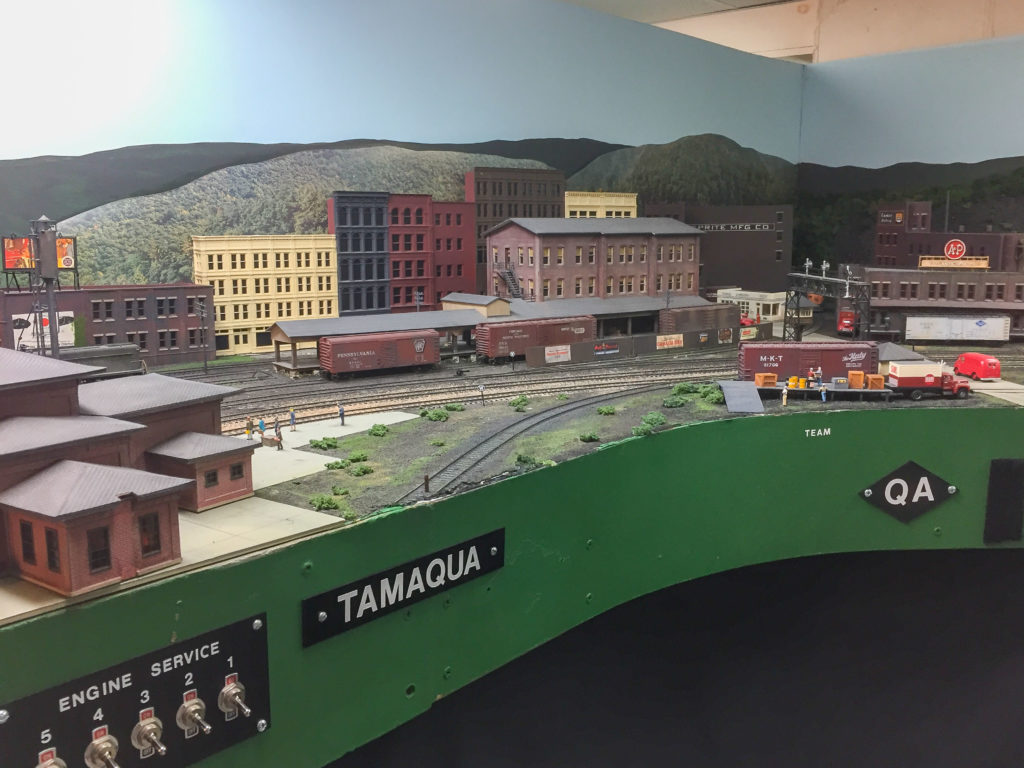
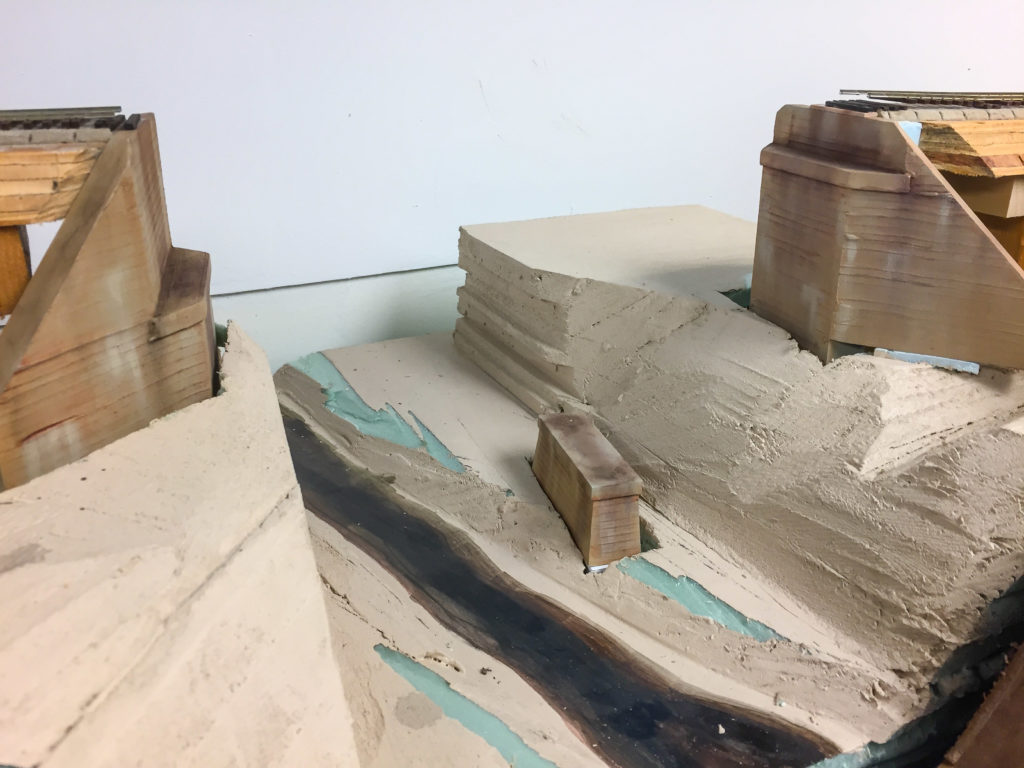
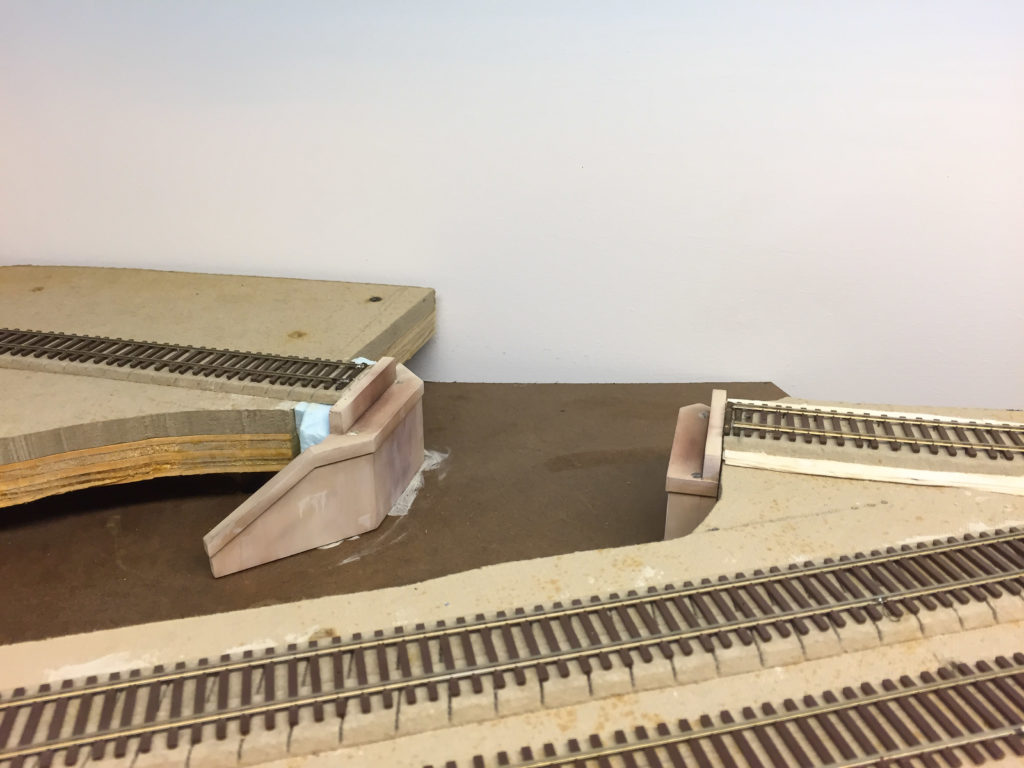
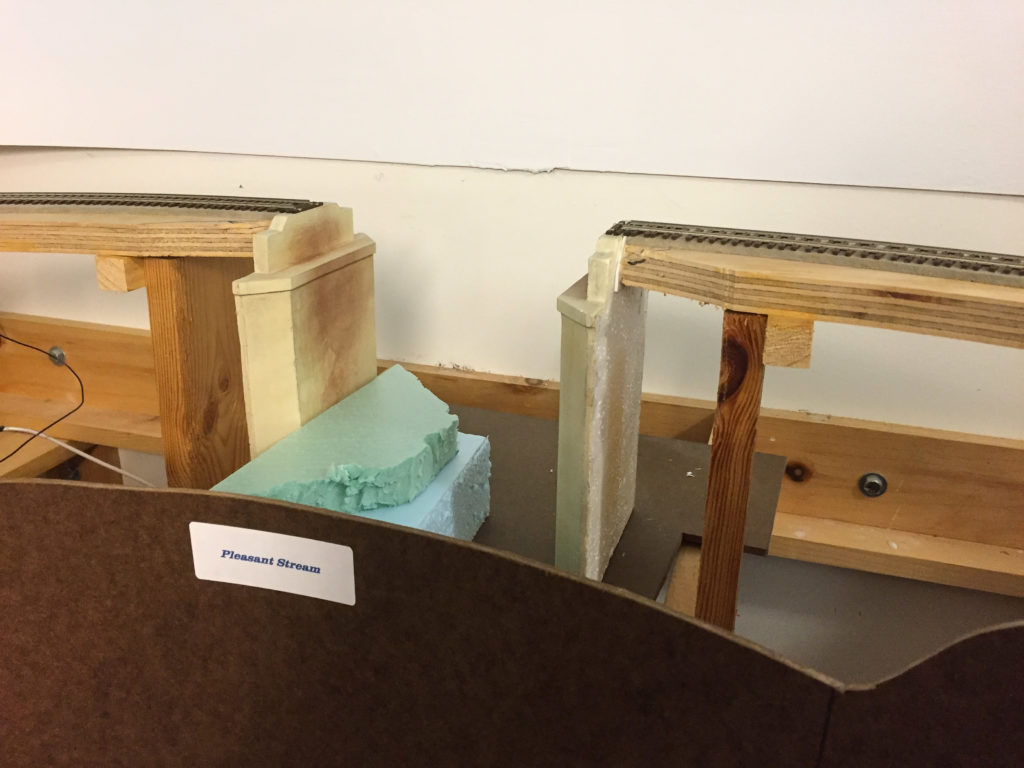
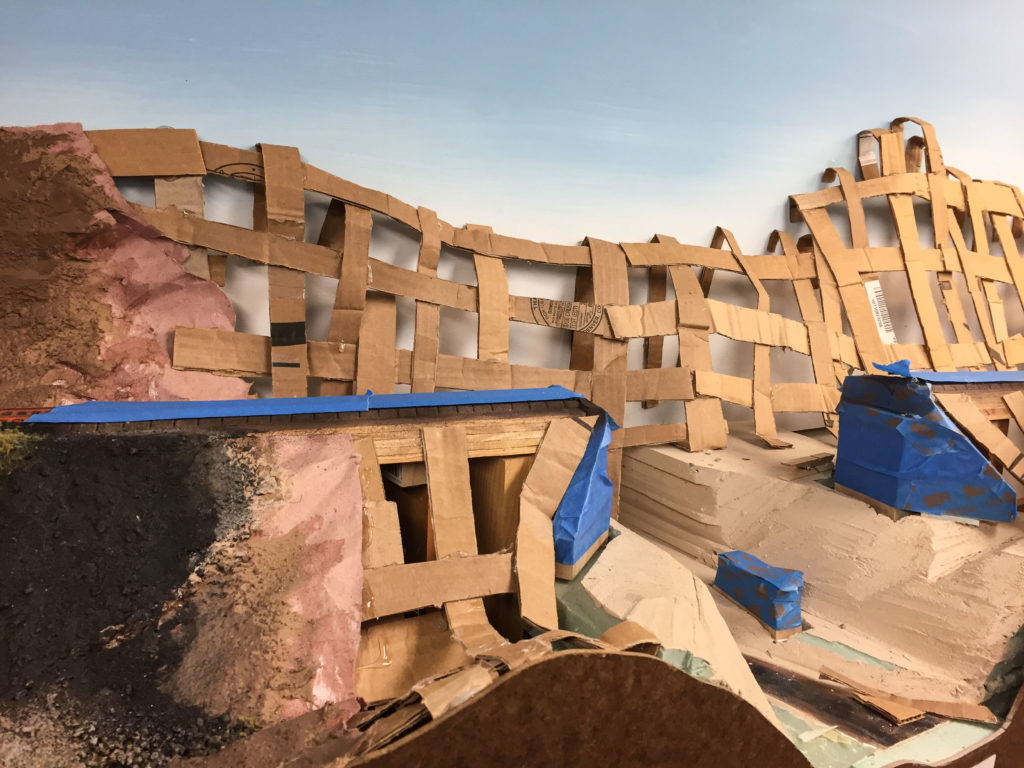
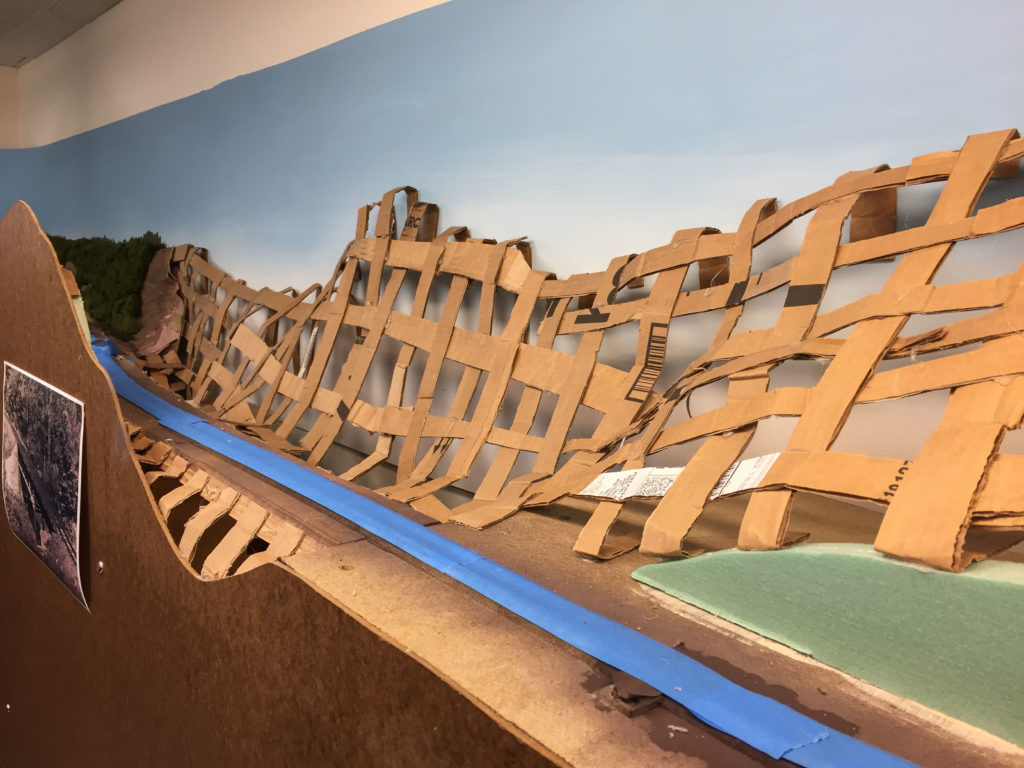

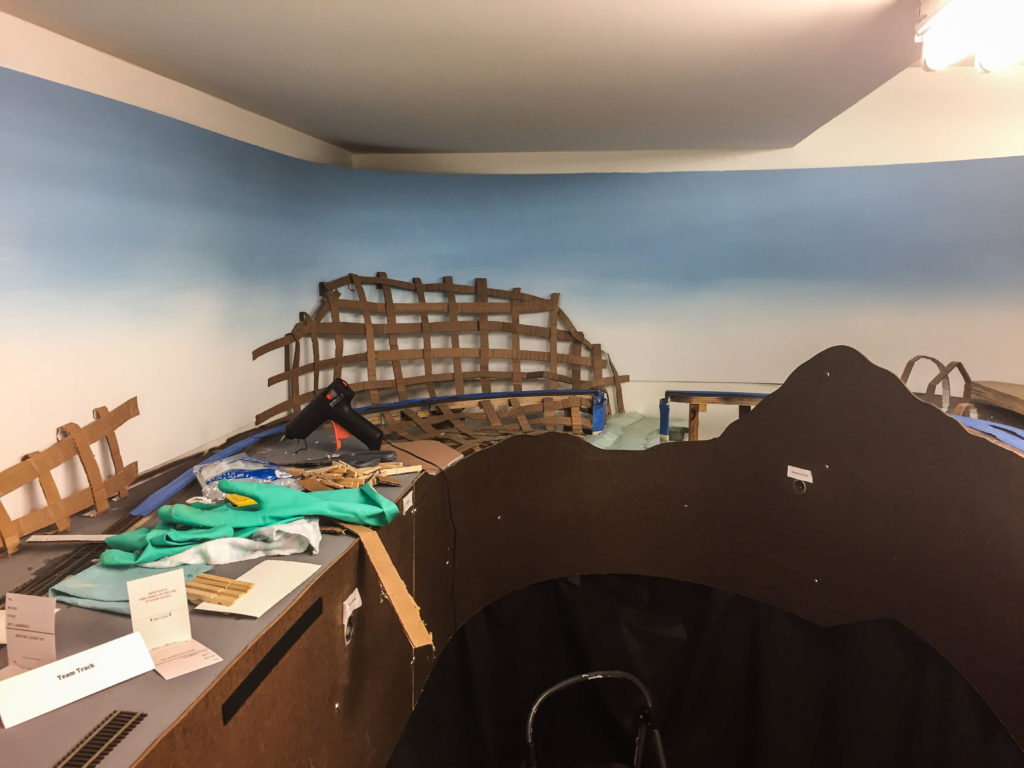
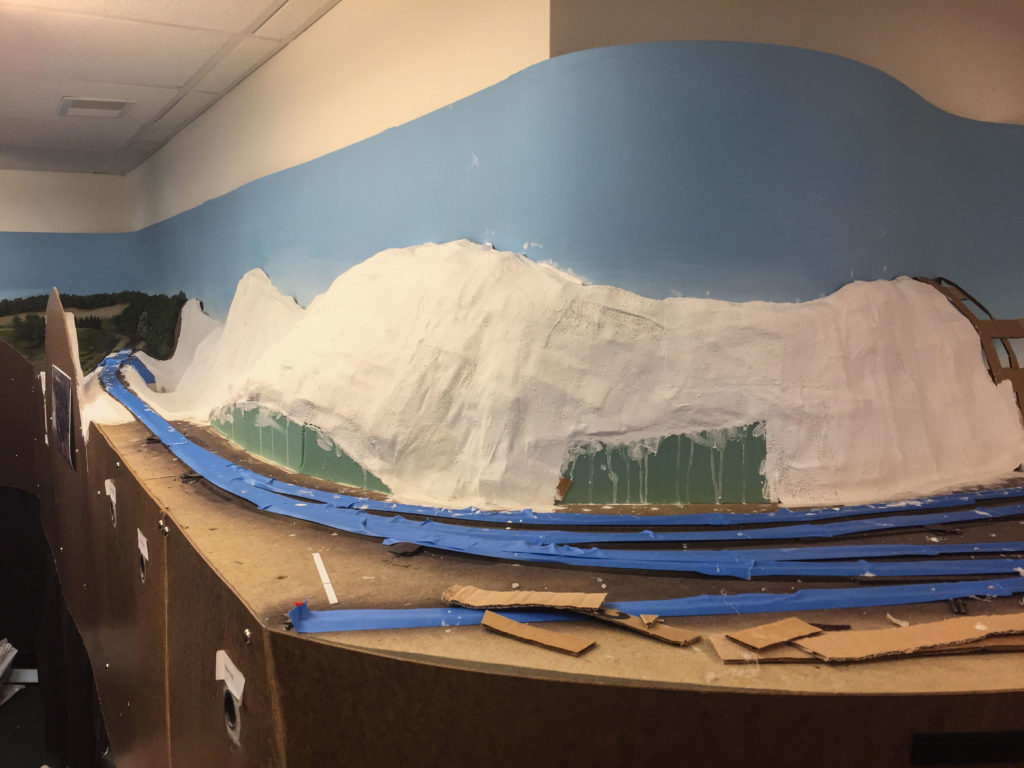
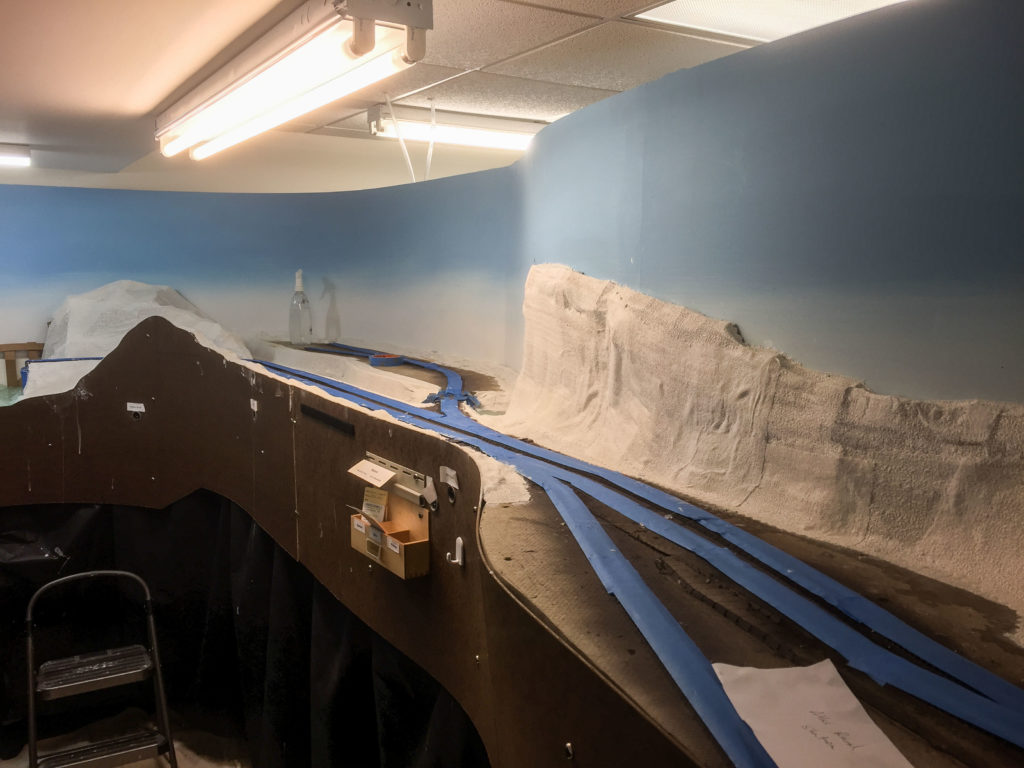
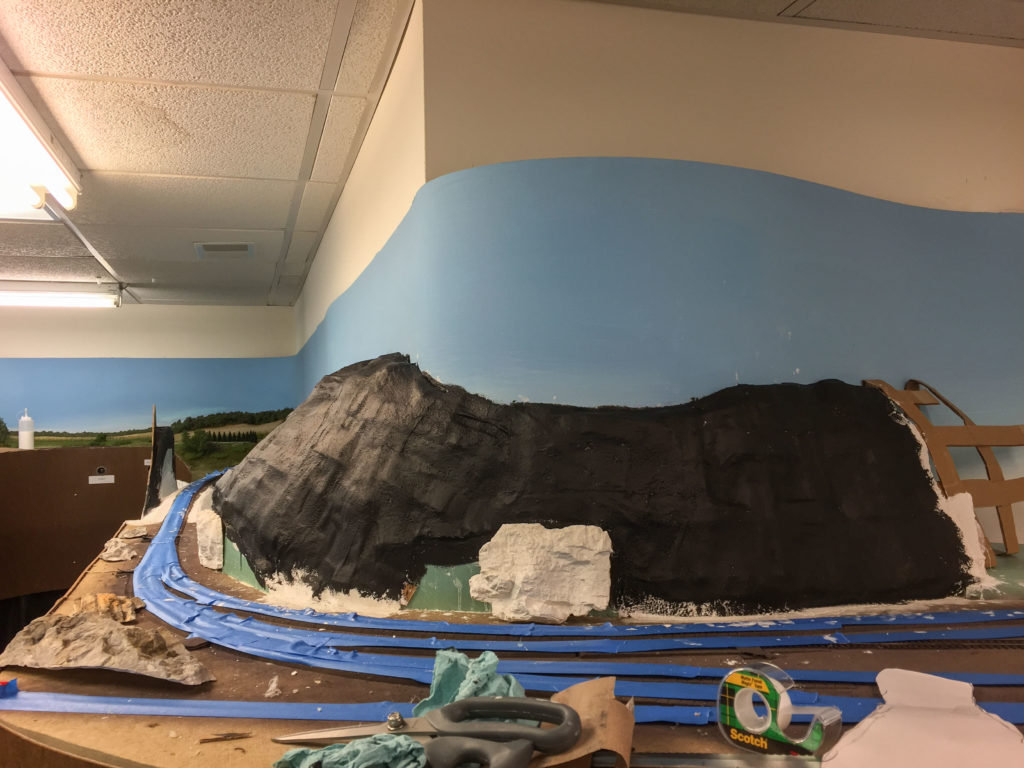
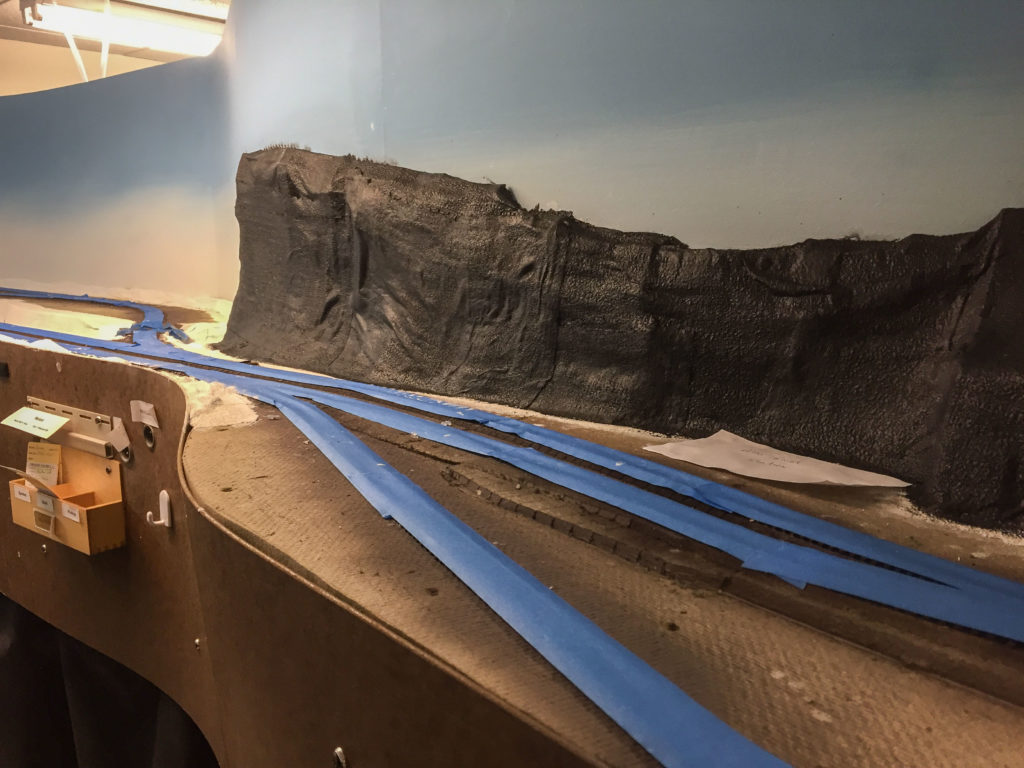
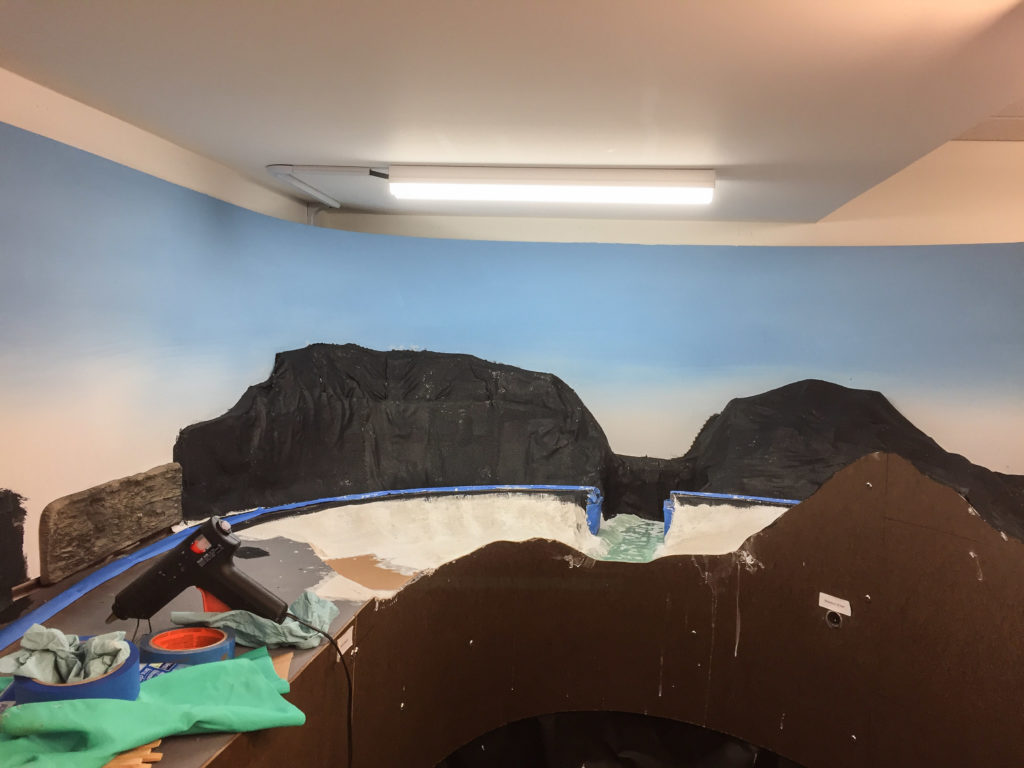
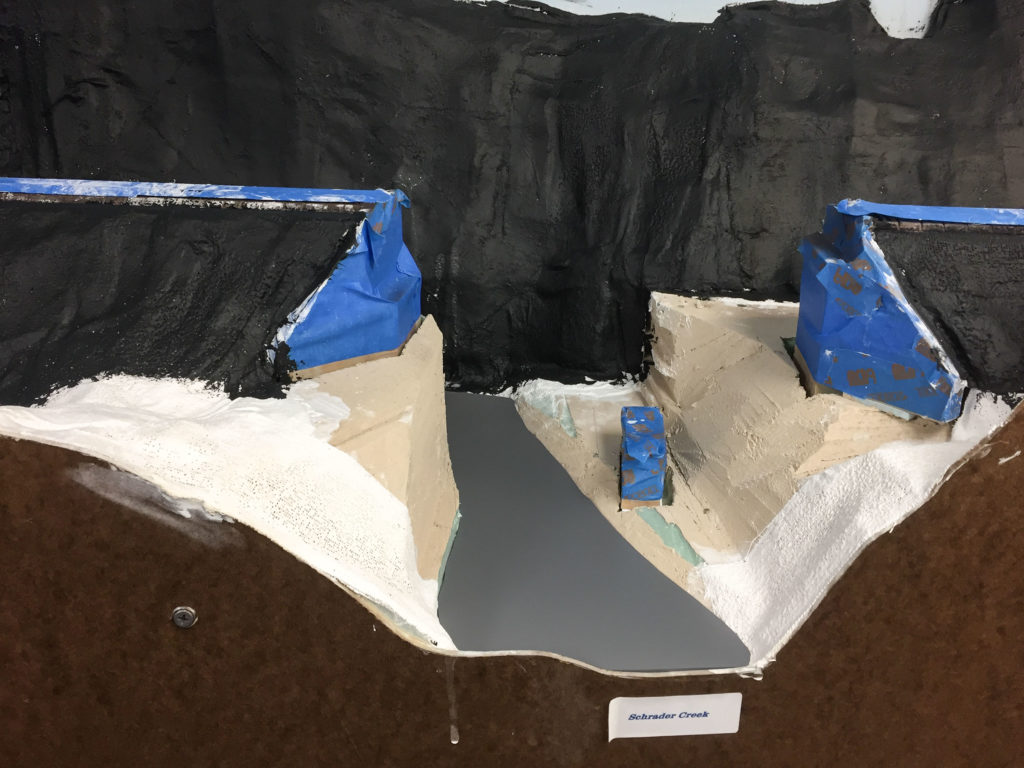
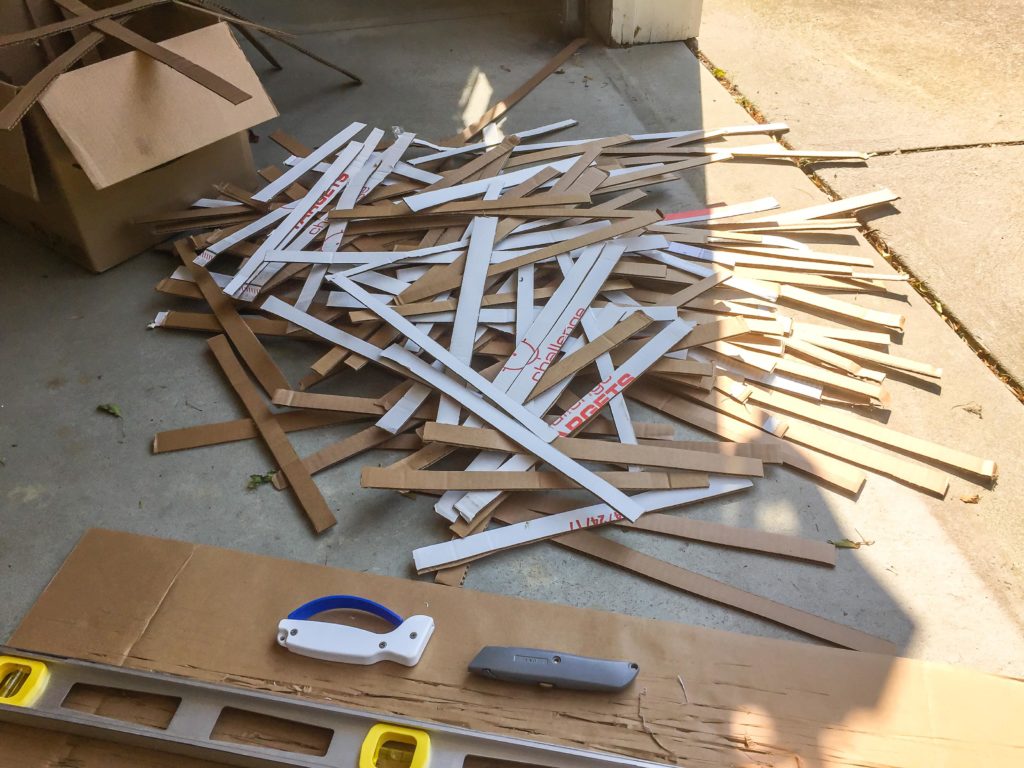
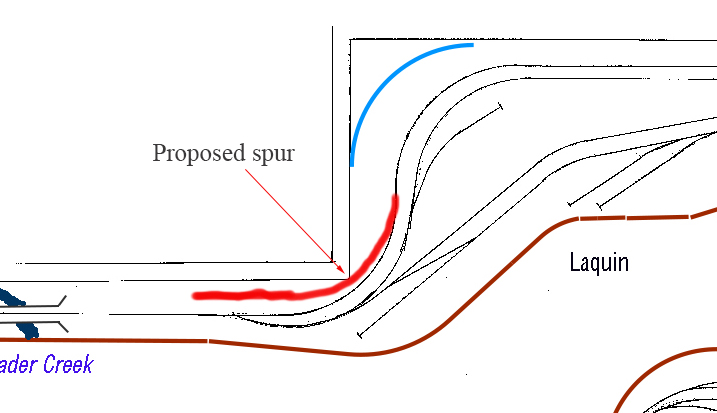
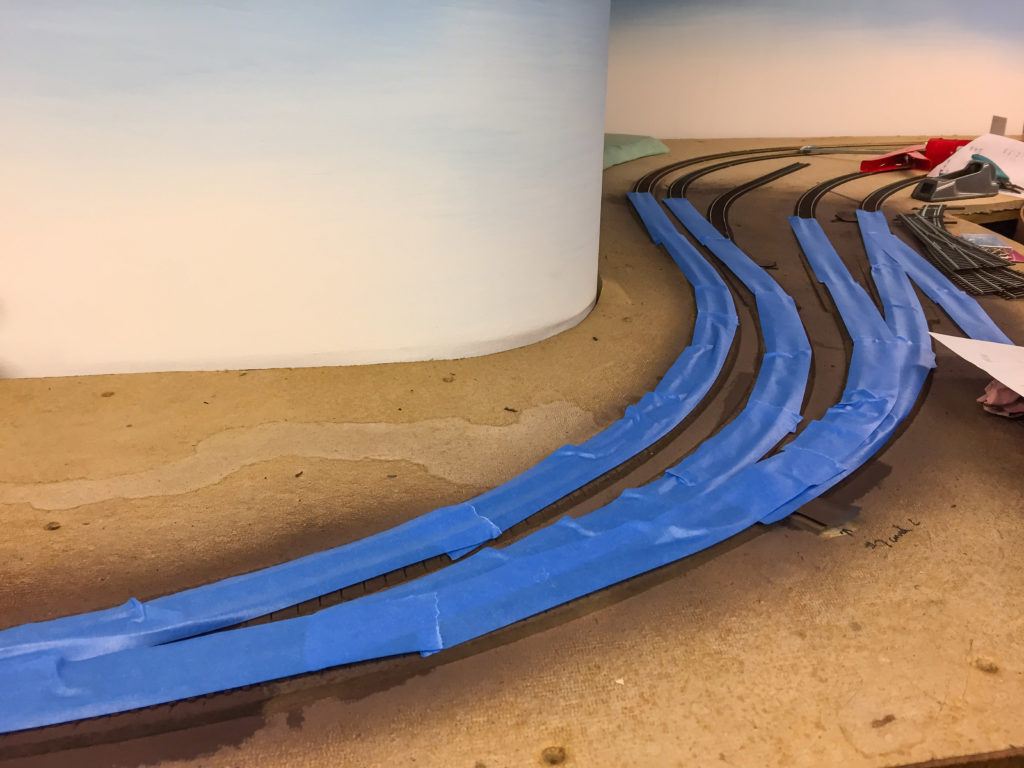
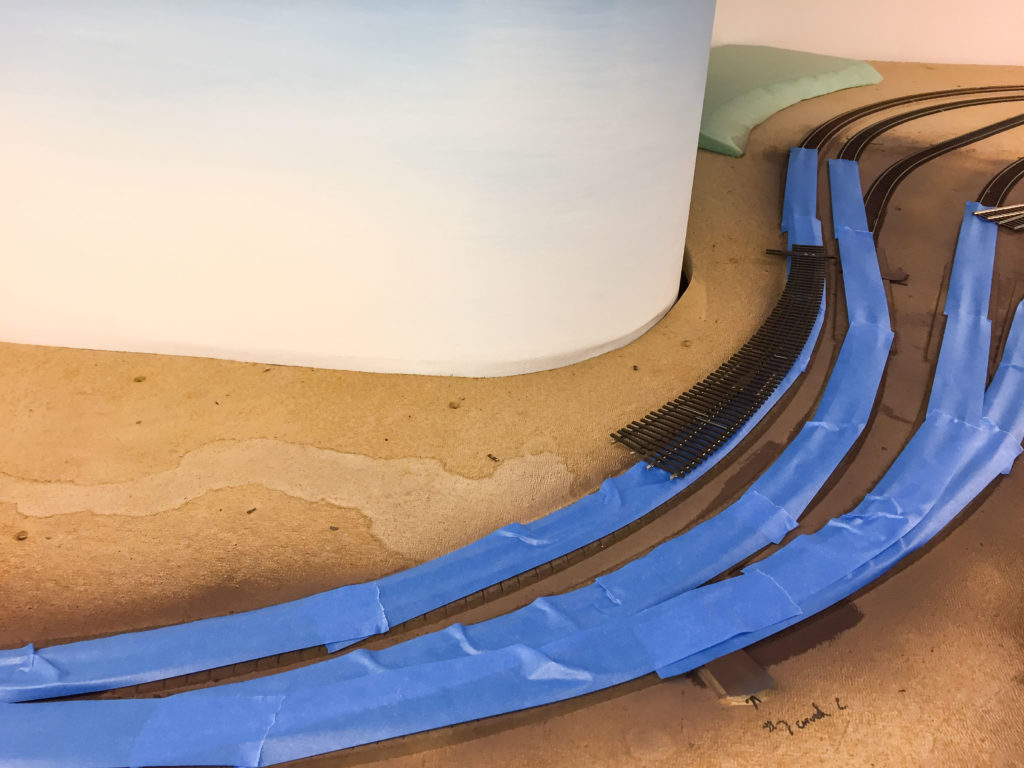
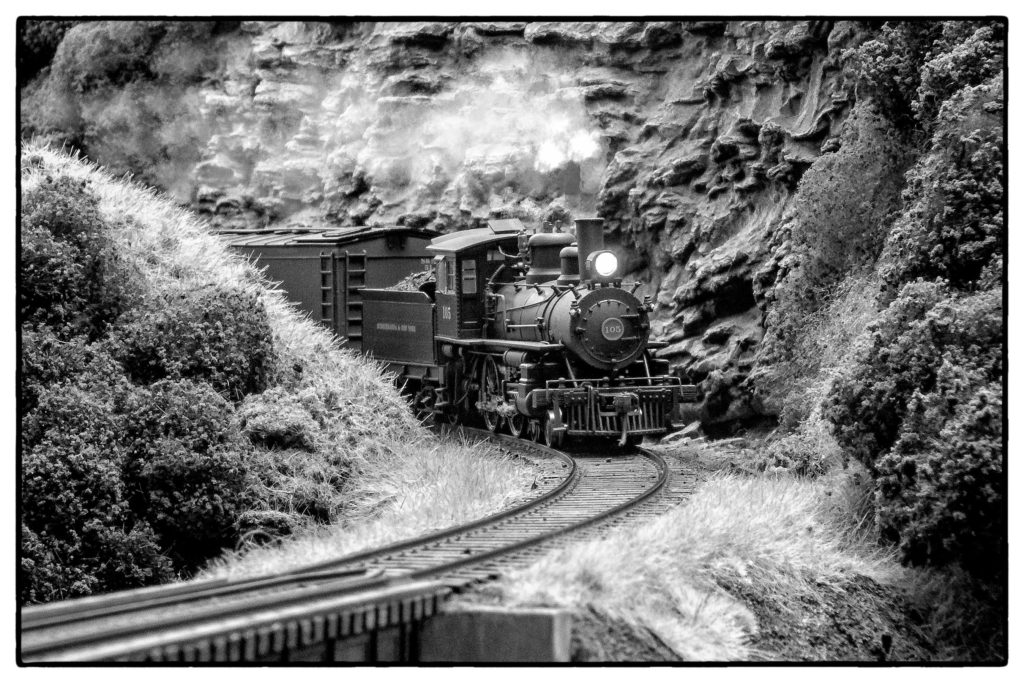
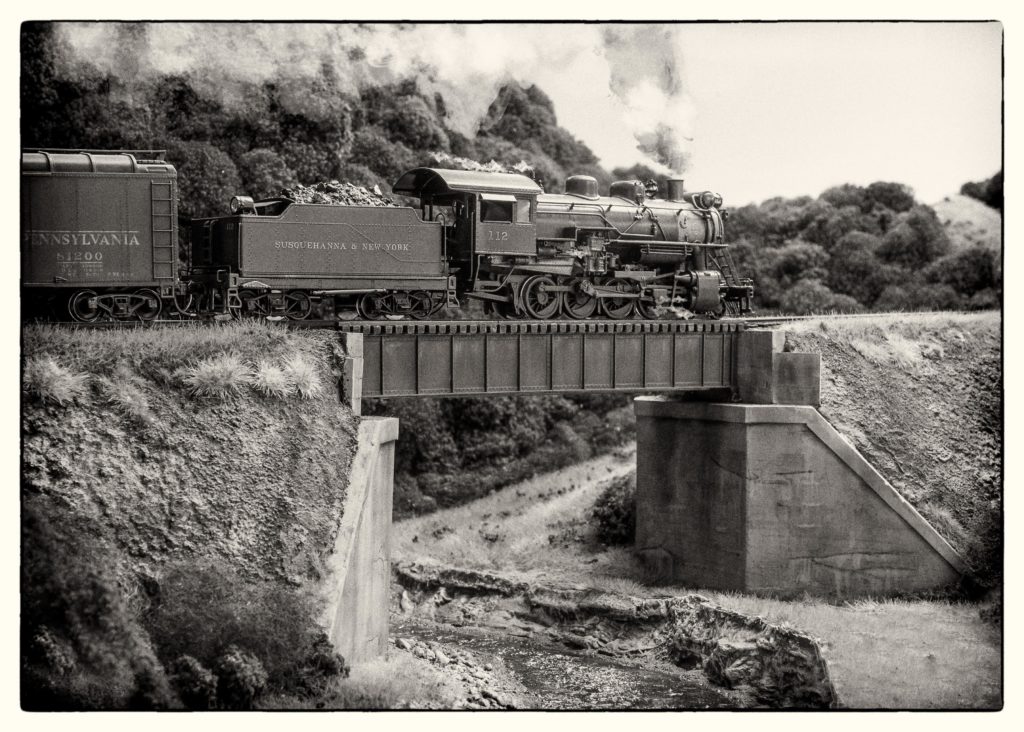
Recent Comments